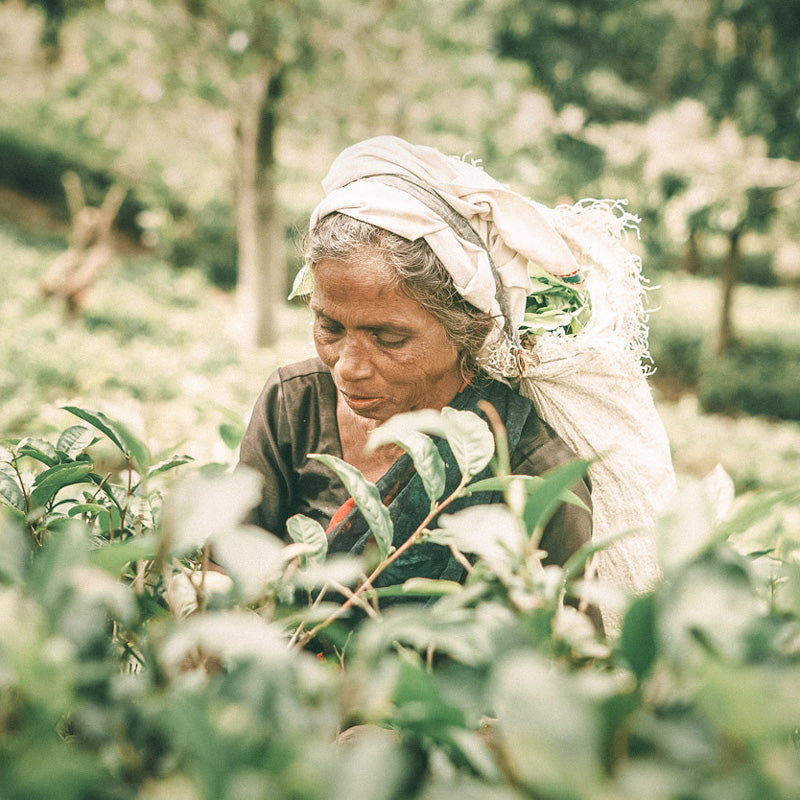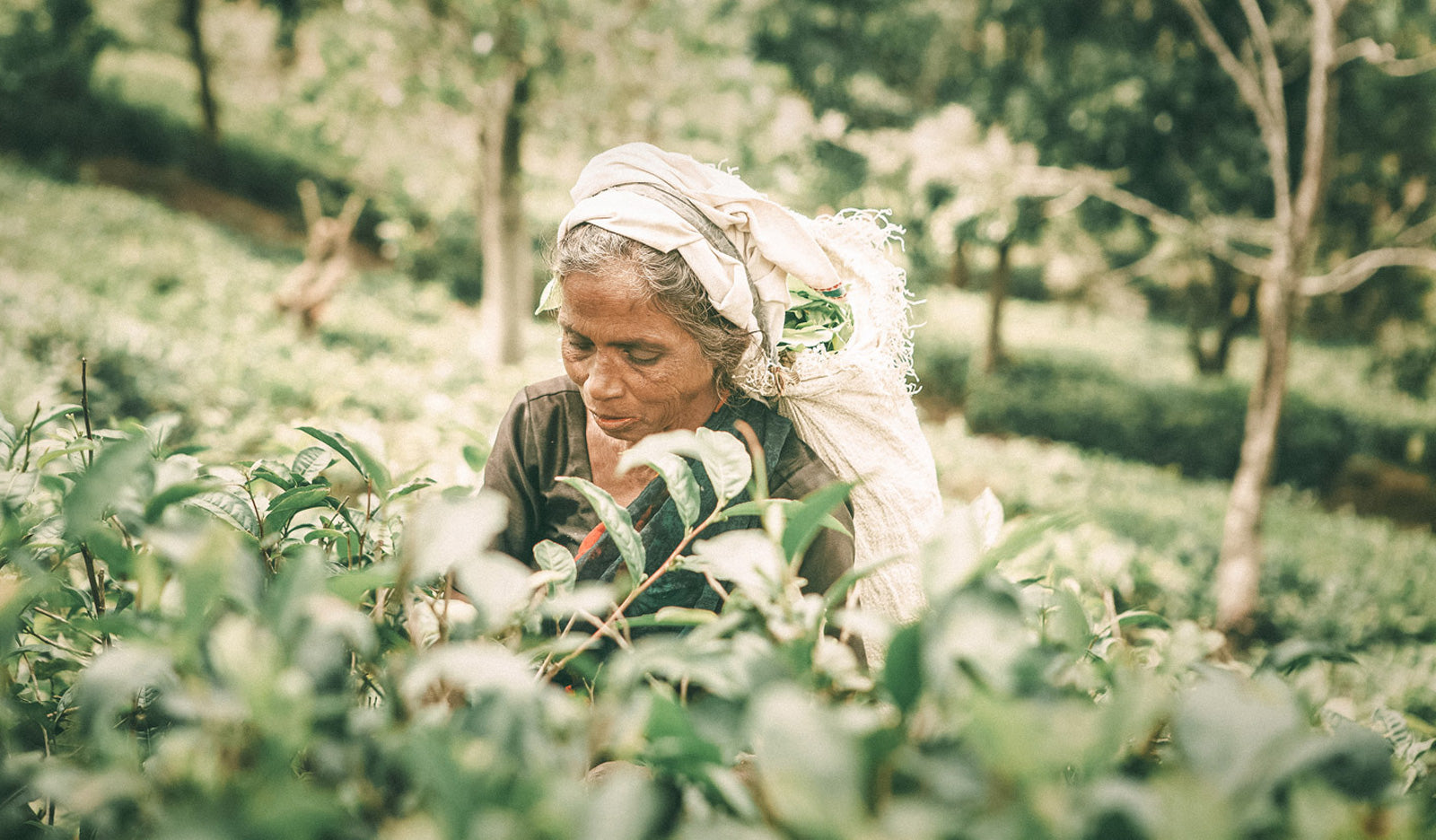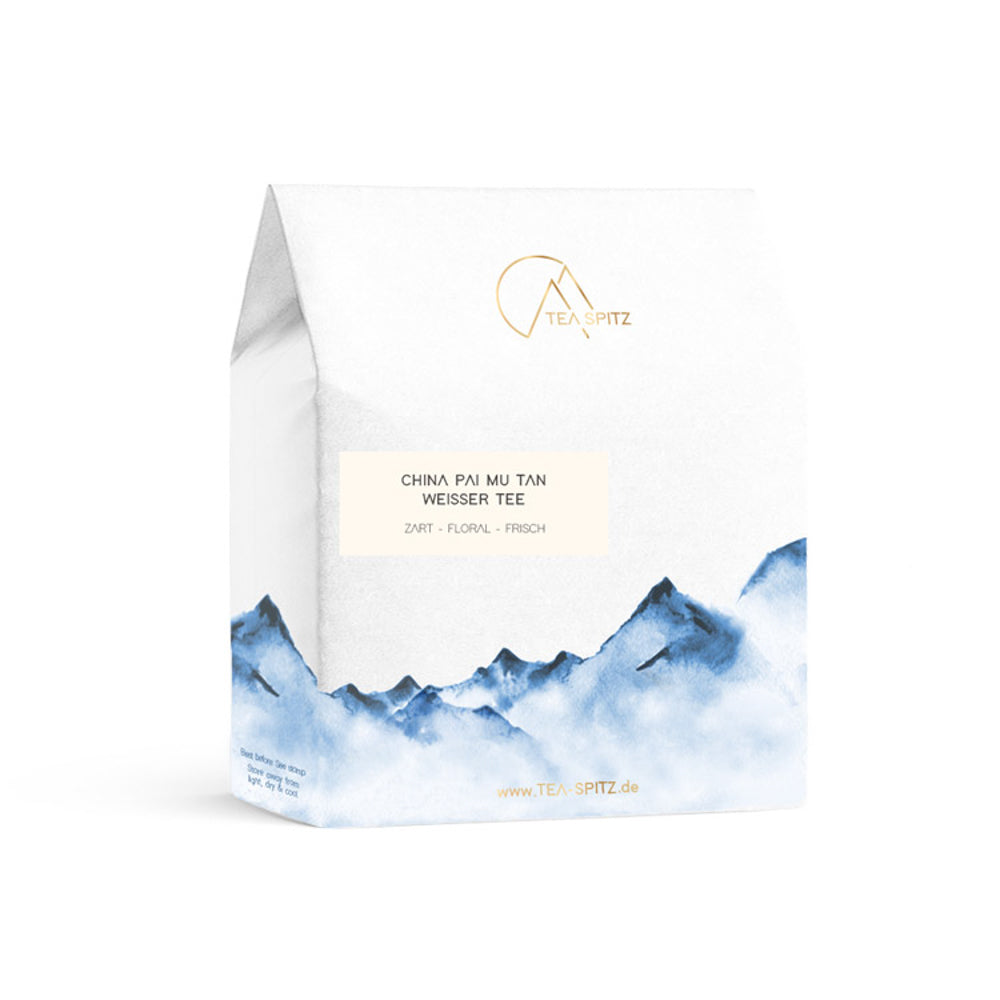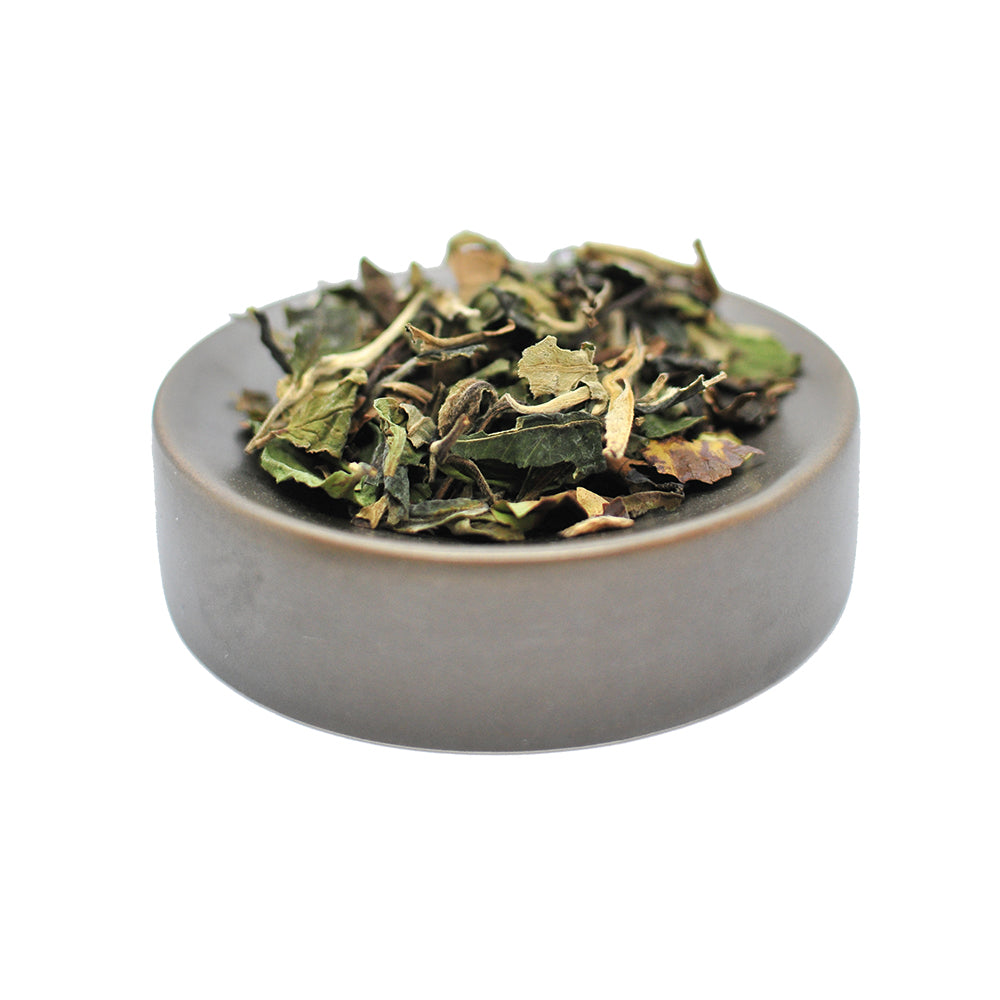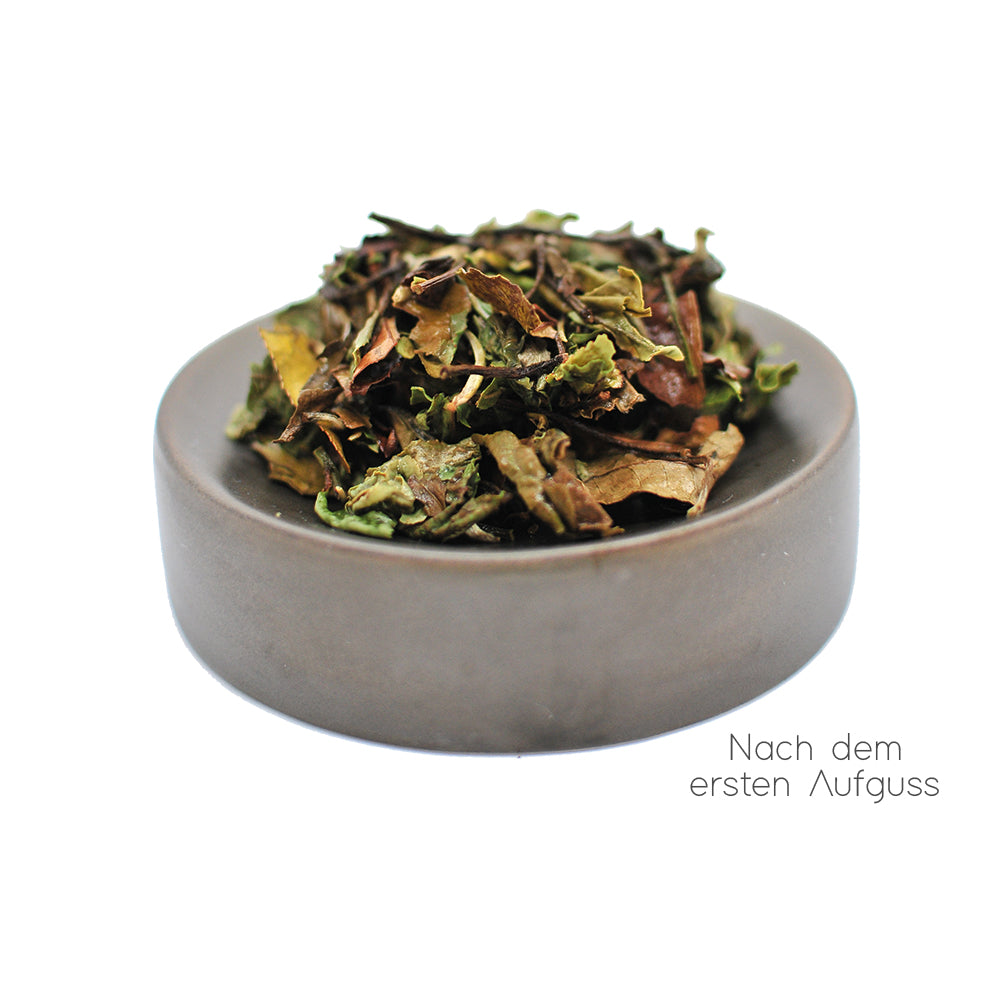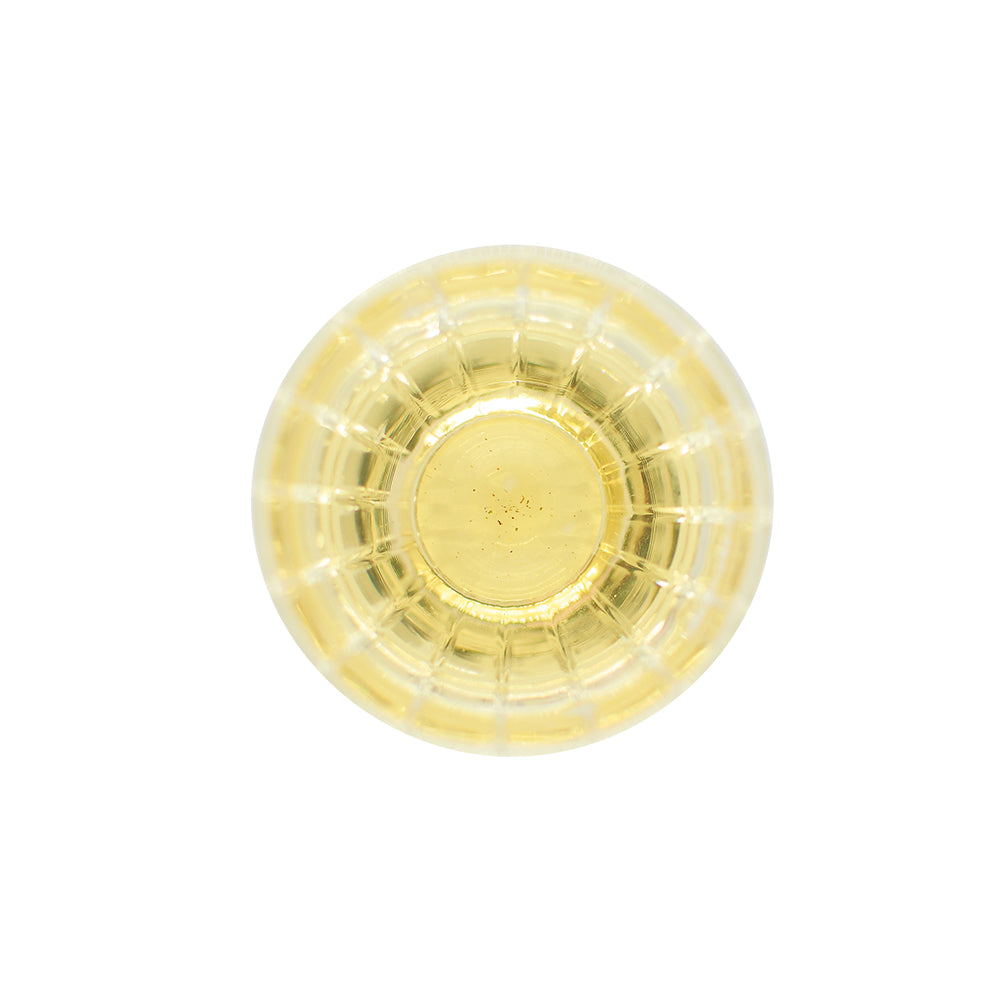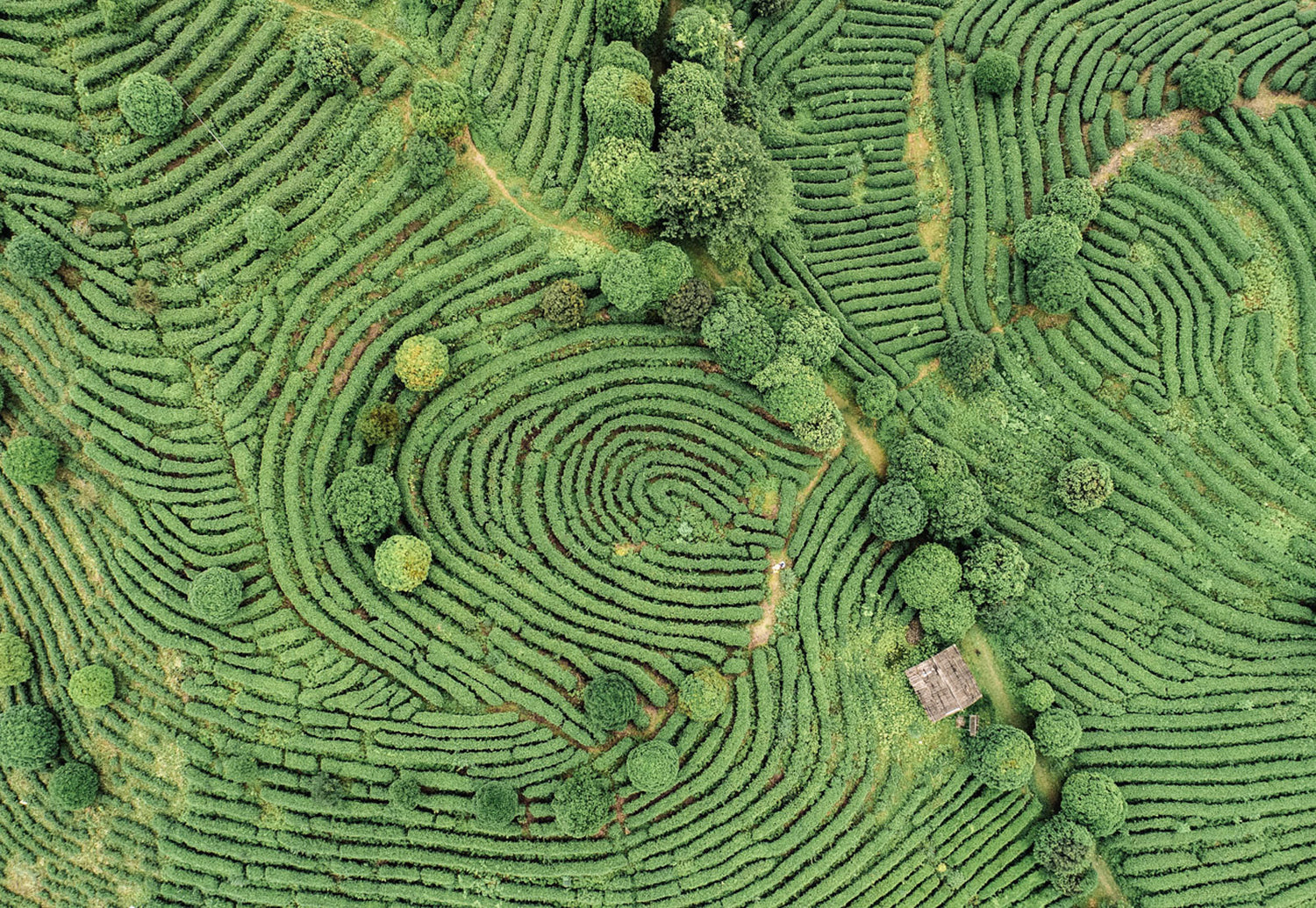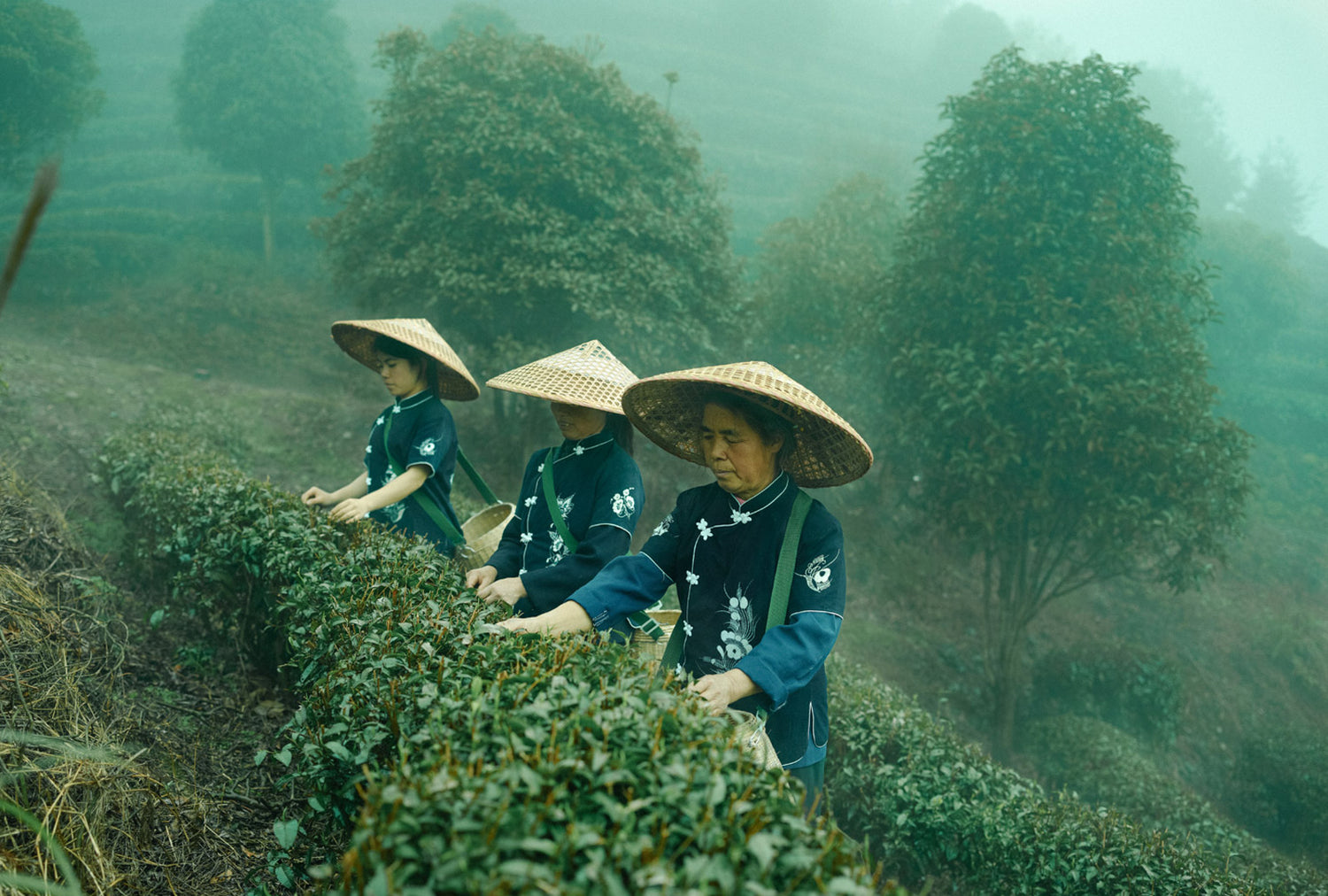We are people who enjoy good taste, love good craftsmanship and appreciate the people behind it. Therefore, the best quality and excellent taste are clearly our top priority. The quality of tea is just as noticeable in the cup as with coffee. Only carefully selected and processed teas can meet our high standards of good taste. We only stock premium quality in our range and are always on the lookout for special treasures at specialty tea level.
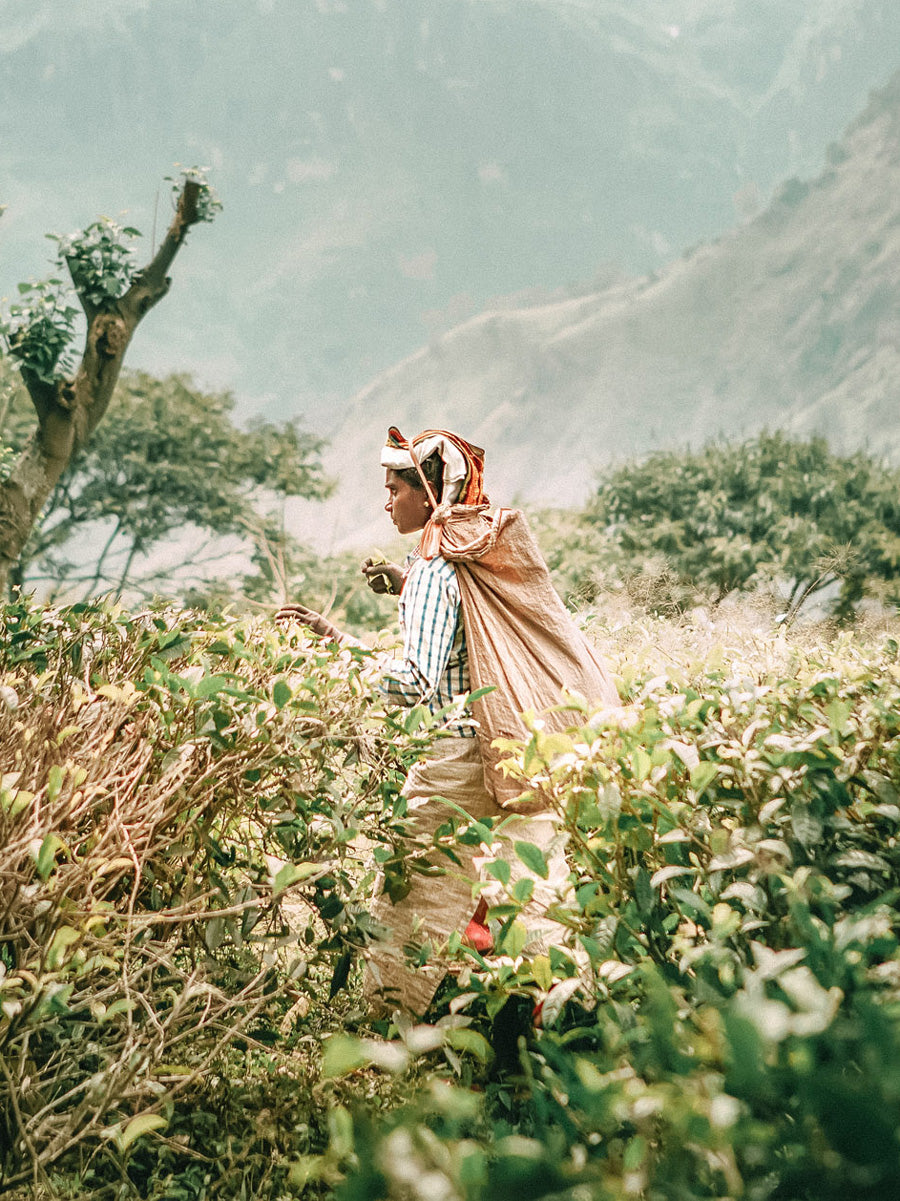
Making tea
The preparation of tea depends on:
- Quality
- Size of leaves
- Growing region
- Processing (green, white, black etc.)
- Taste preferences
In green tea countries like China and Japan, tea lovers always practice multiple infusions. Brewing high-quality tea just once would be a waste. There is so much flavor in the leaves that you can brew them many more times and extract new flavor nuances over and over again. Unfortunately, there is no universal formula for all teas, as each tea has its own requirements for water temperature and brewing time. However, there are some key components to consider. You can experiment with these depending on your taste and preference.
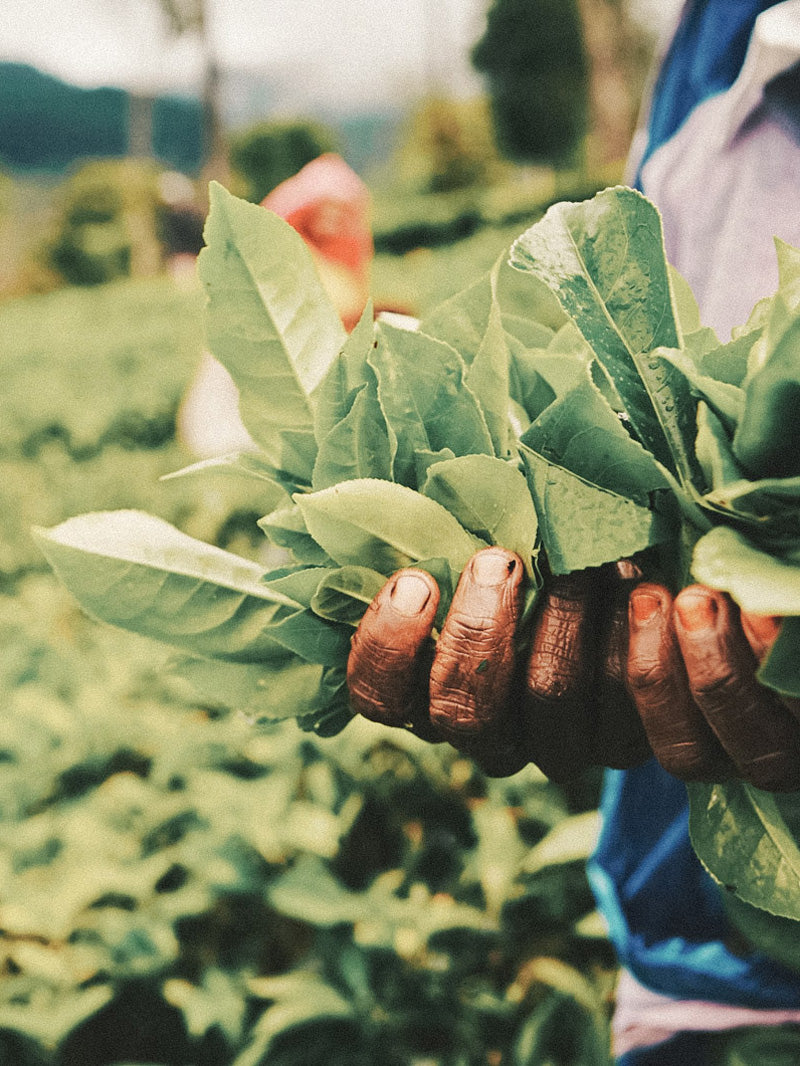
Leaf Size
The most important component is the size of the leaves. Large, uncut leaves indicate high quality and give off a lot of flavor. In order to develop all of its fine nuances, however, the tea needs space to develop in the truest sense of the word. This is why freely floating leaves can best release their aroma. Two vessels are best for handling this - one in which the leaves steep, another into which they are poured.
DOSAGE
As a basis, you can calculate the dosage with 10-15 grams of tea per liter. However, it all depends on what kind of tea you want to prepare.
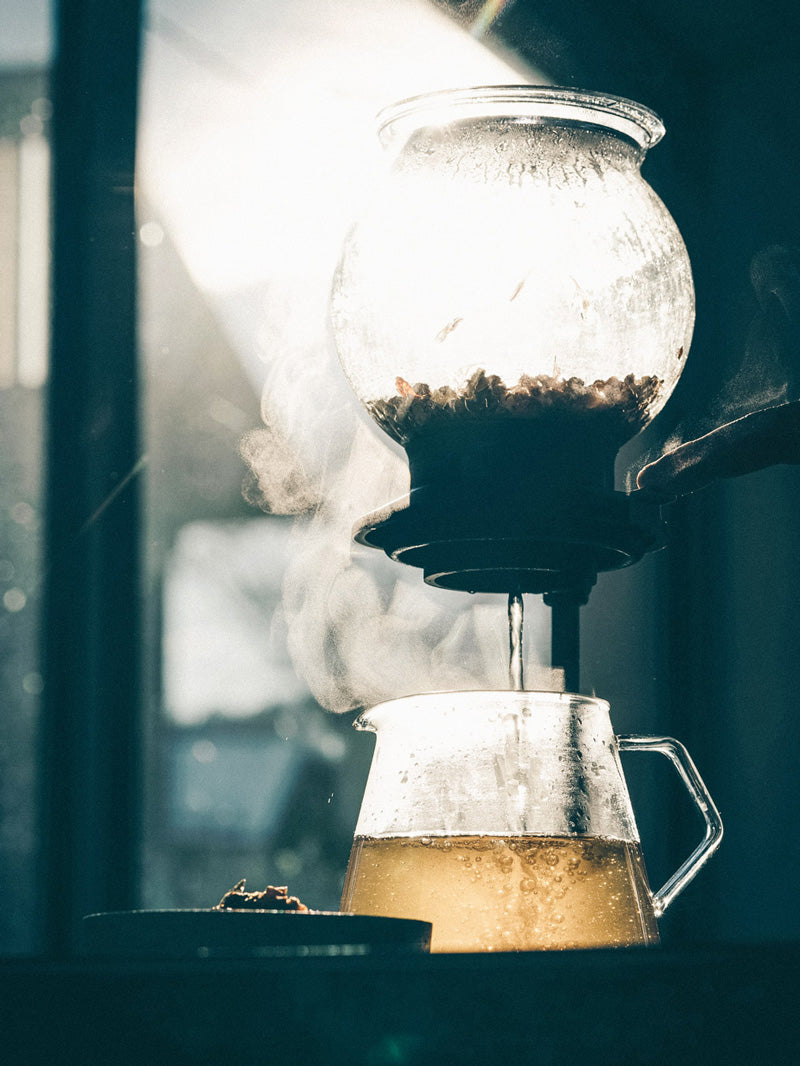
Brewing Temperature
When it comes to brewing temperature, you have to remember that different substances dissolve depending on the temperature. In green tea, polyphenols, tannins and aromatic substances dissolve at around 80 °C. A higher temperature carries the risk of making the infusion bitter. In addition, the chlorophyll that gives the tea its color is particularly sensitive - if the water is too hot, the infusion quickly loses its beautiful green color because the chlorophyll breaks down. Black tea, on the other hand, needs higher temperatures to optimally dissolve its tannins and aromatic substances. They only dissolve at around 100 °C.
WHICH TEMPERATURE FOR WHICH TEA?
- Black tea 90-100 °C
- Oolong tea 75-100 °C (depending on the degree of oxidation, the darker the hotter)
- White tea approx. 70 °C
- Japanese green tea 50-80 °C
- Chinese green tea 80-85 °C
China Pai Mu Tan - White Tea
Pai Mu Tan, also known as White Peony , is one of the highest quality white teas.
Type of tea: White tea
Ingredients: Pure white tea
Contents:
30g
- Regular price
-
€8,03 EUR - Regular price
-
- Sale price
-
€8,03 EUR - Unit price
-
€267,67 EUR per kg
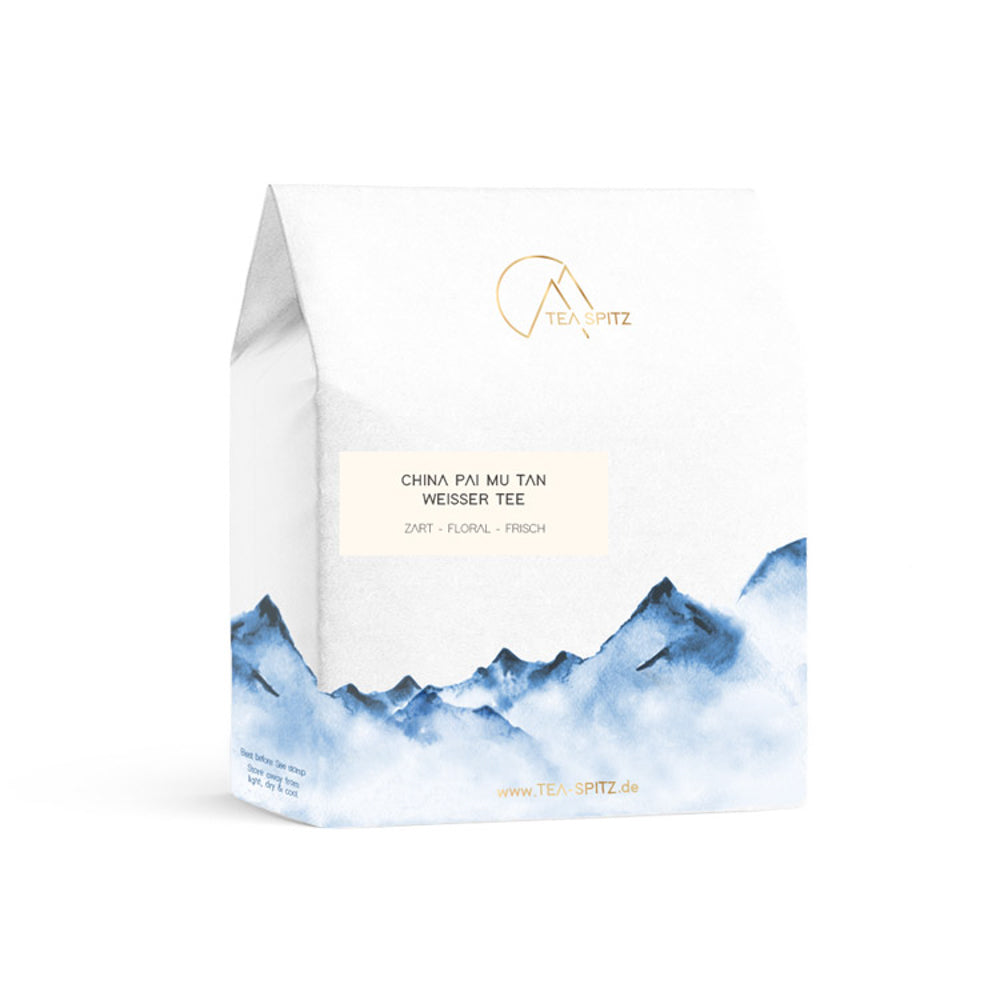
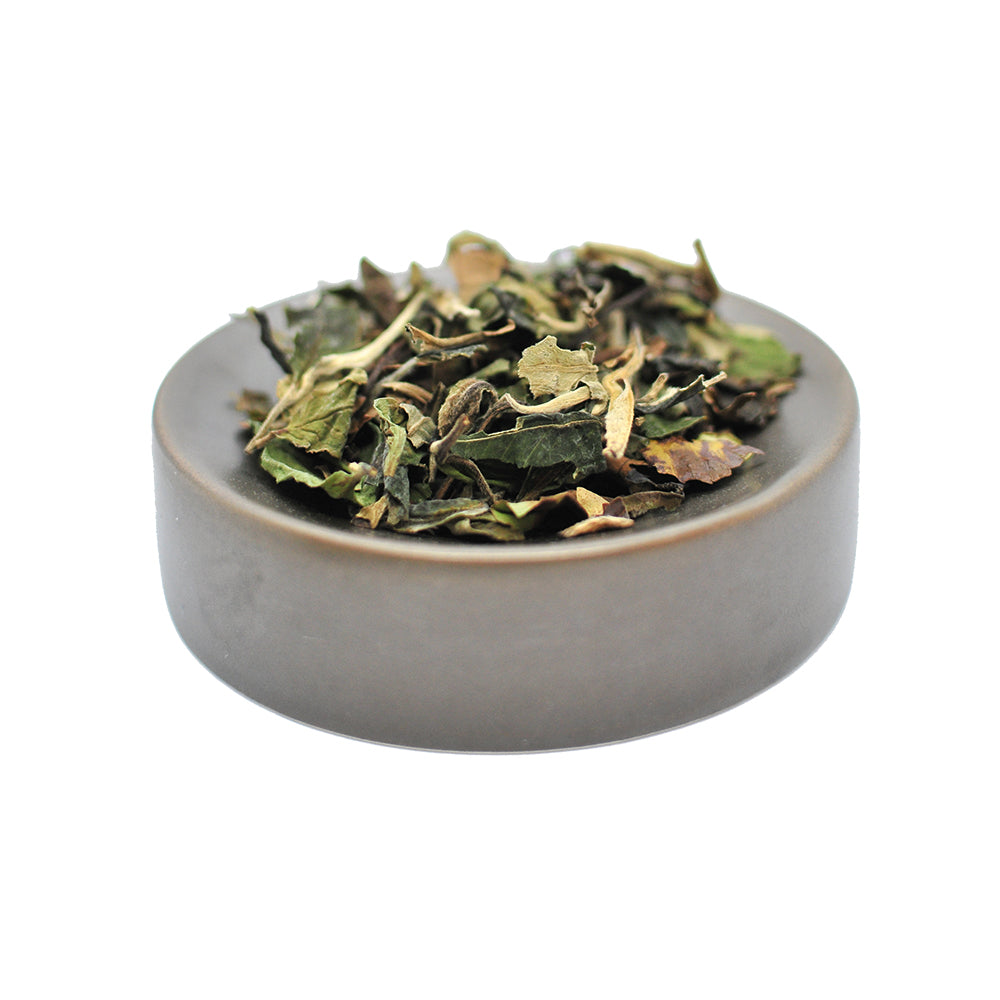
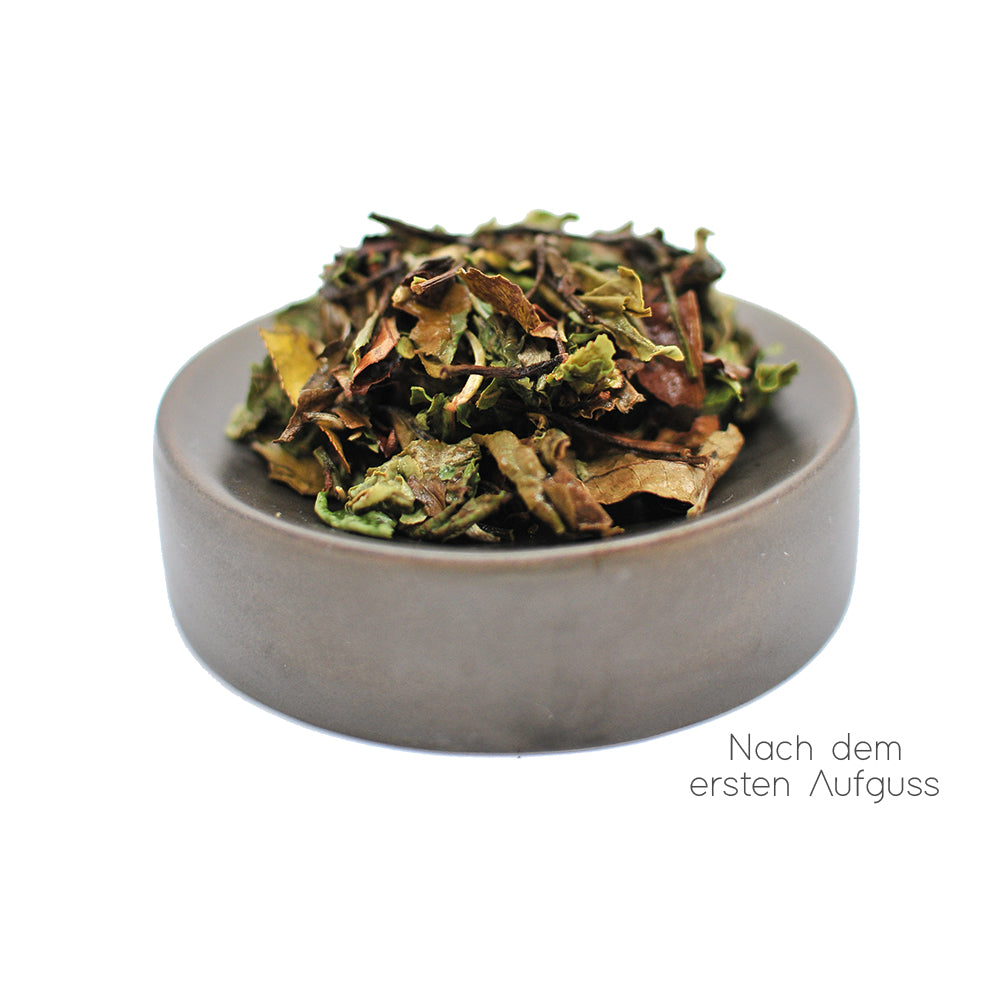
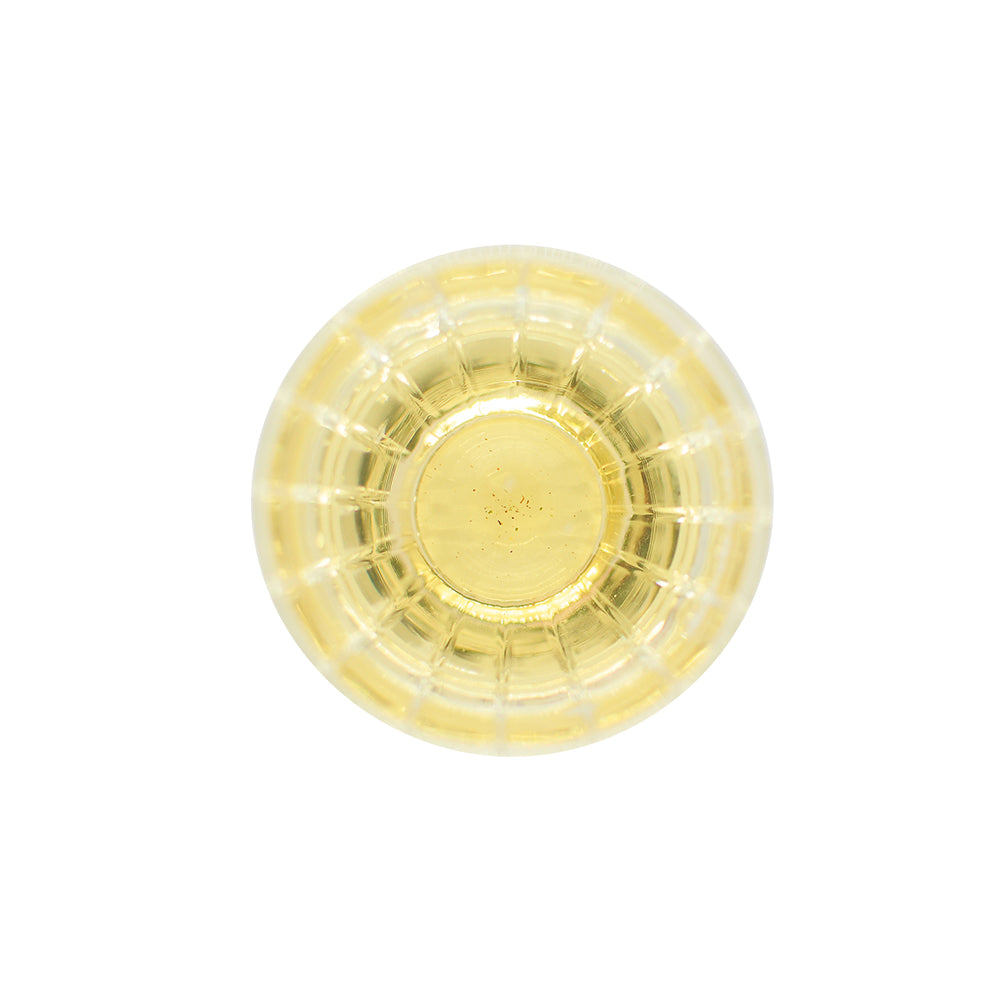
Green tea
-
Japan Sencha - Green Tea
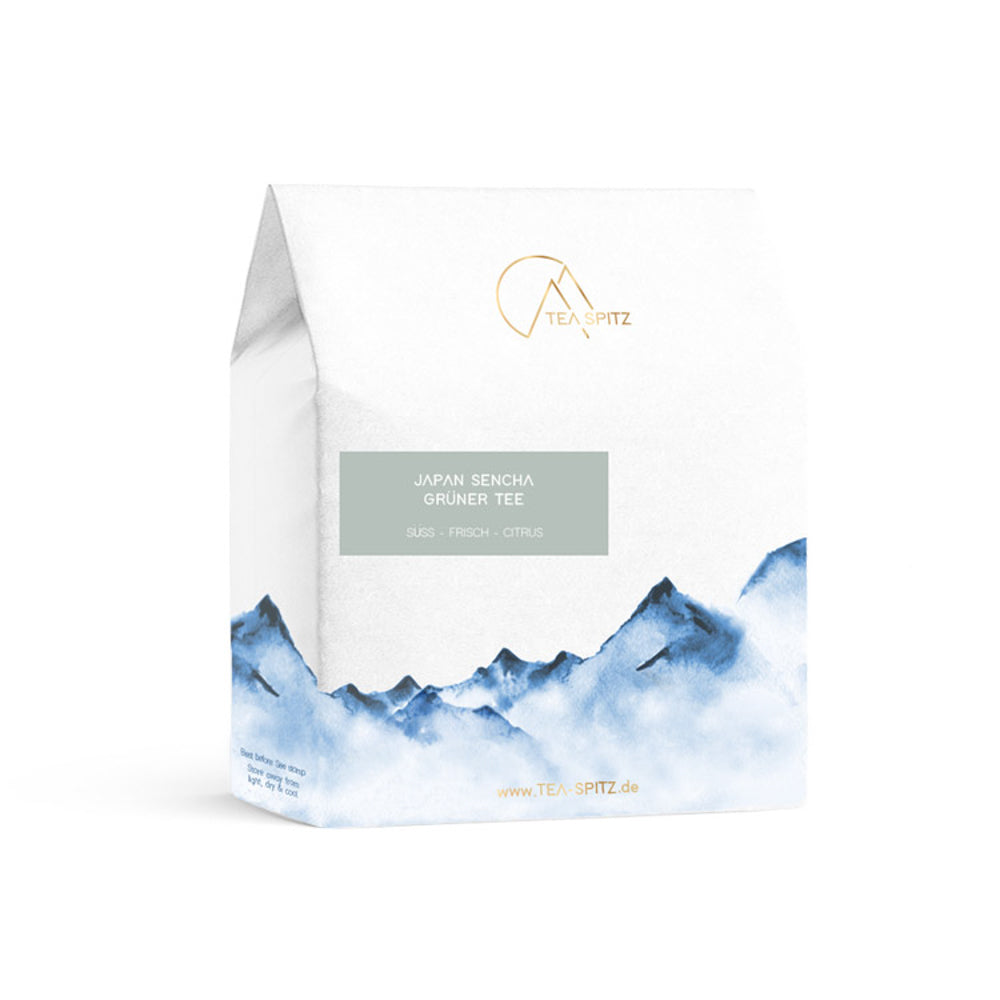 Japan Sencha - Green Tea
Japan Sencha - Green Tea- Regular price
-
€8,03 EUR €10,07 EUR - Regular price
-
- Sale price
-
€8,03 EUR €10,07 EUR - Unit price
-
€267,67 EUR per kg
-
Japan Genmaicha - Green Tea
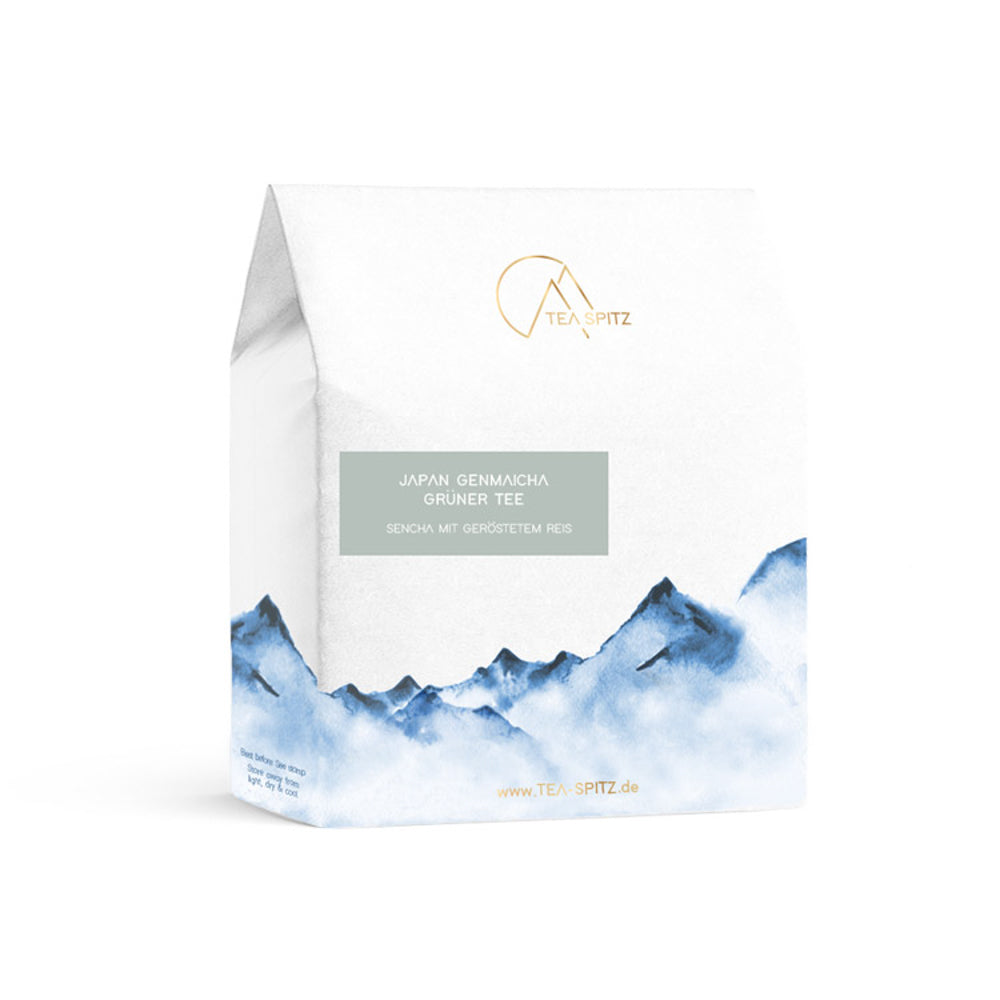 Japan Genmaicha - Green Tea
Japan Genmaicha - Green Tea- Regular price
-
€10,07 EUR - Regular price
-
- Sale price
-
€10,07 EUR - Unit price
-
€125,88 EUR per kg
-
Japan Gyokuro - Green Tea
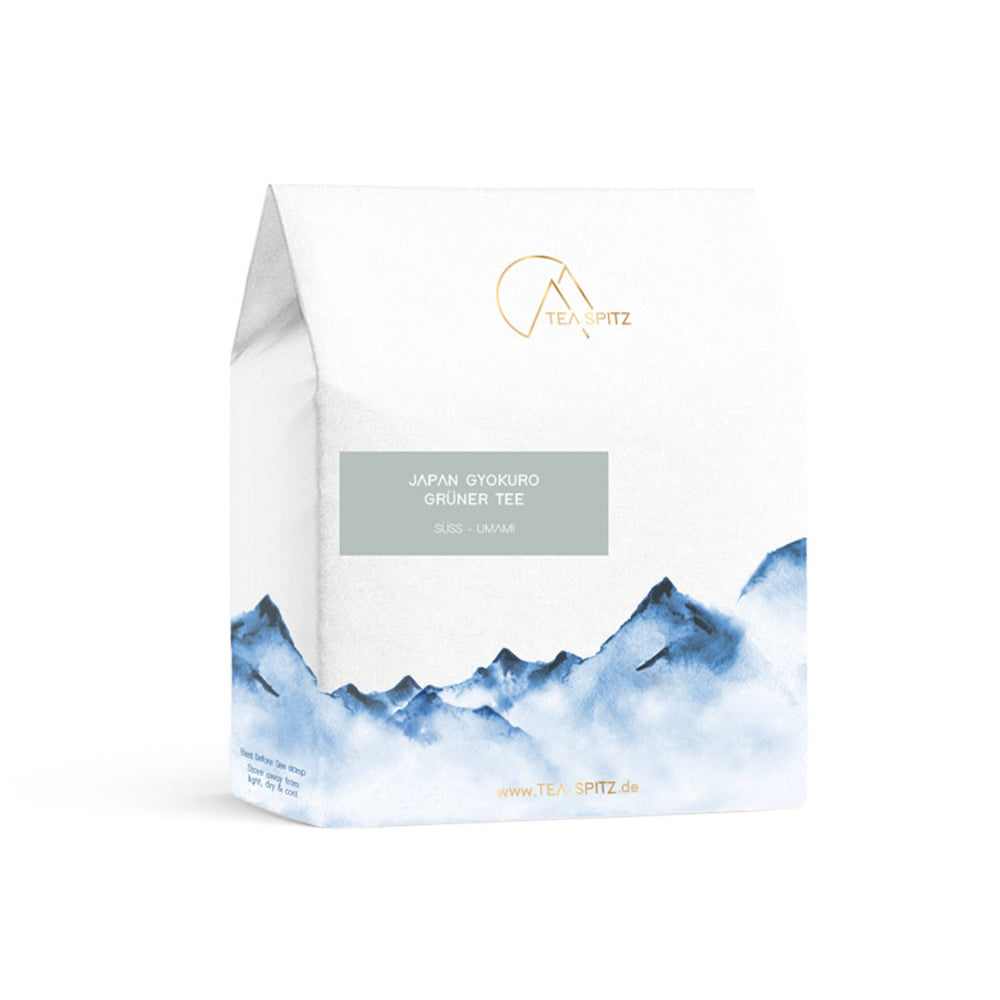 Japan Gyokuro - Green Tea
Japan Gyokuro - Green Tea- Regular price
-
€20,23 EUR - Regular price
-
- Sale price
-
€20,23 EUR - Unit price
-
€404,60 EUR per kg
Herbal tea
-
Triple C - Herbal Tea
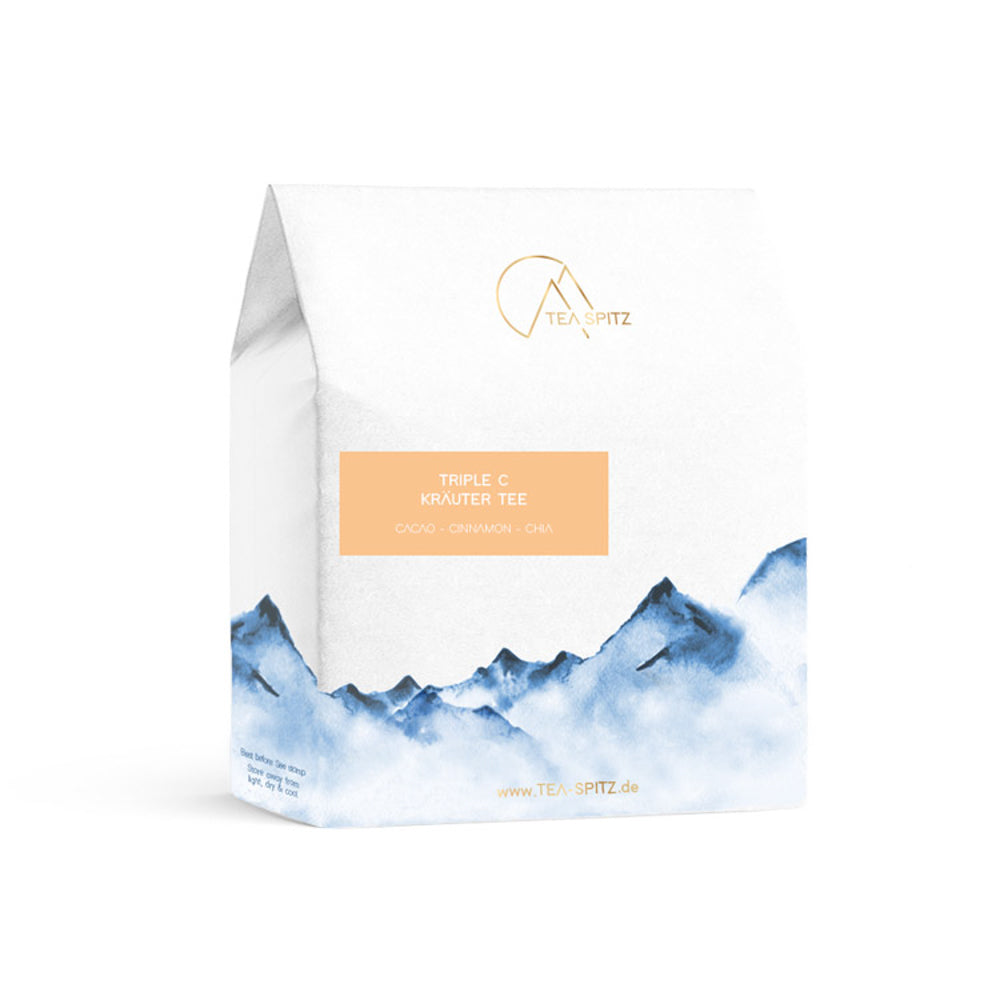 Triple C - Herbal Tea
Triple C - Herbal Tea- Regular price
-
€10,07 EUR - Regular price
-
- Sale price
-
€10,07 EUR - Unit price
-
€83,92 EUR per kg
-
Golden Roots - Herbal Tea
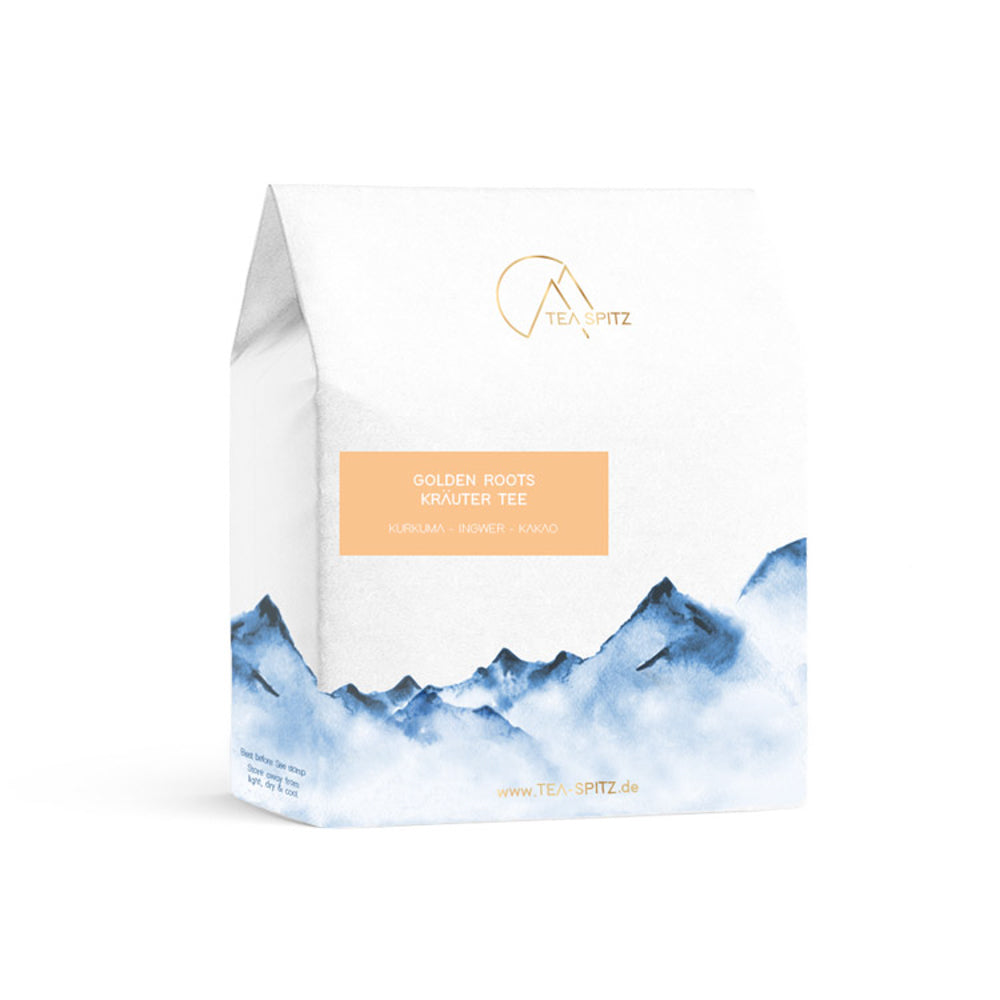 Golden Roots - Herbal Tea
Golden Roots - Herbal Tea- Regular price
-
€8,03 EUR €10,07 EUR - Regular price
-
- Sale price
-
€8,03 EUR €10,07 EUR - Unit price
-
€214,13 EUR per kg
-
Greek Mountain - Herbal Tea
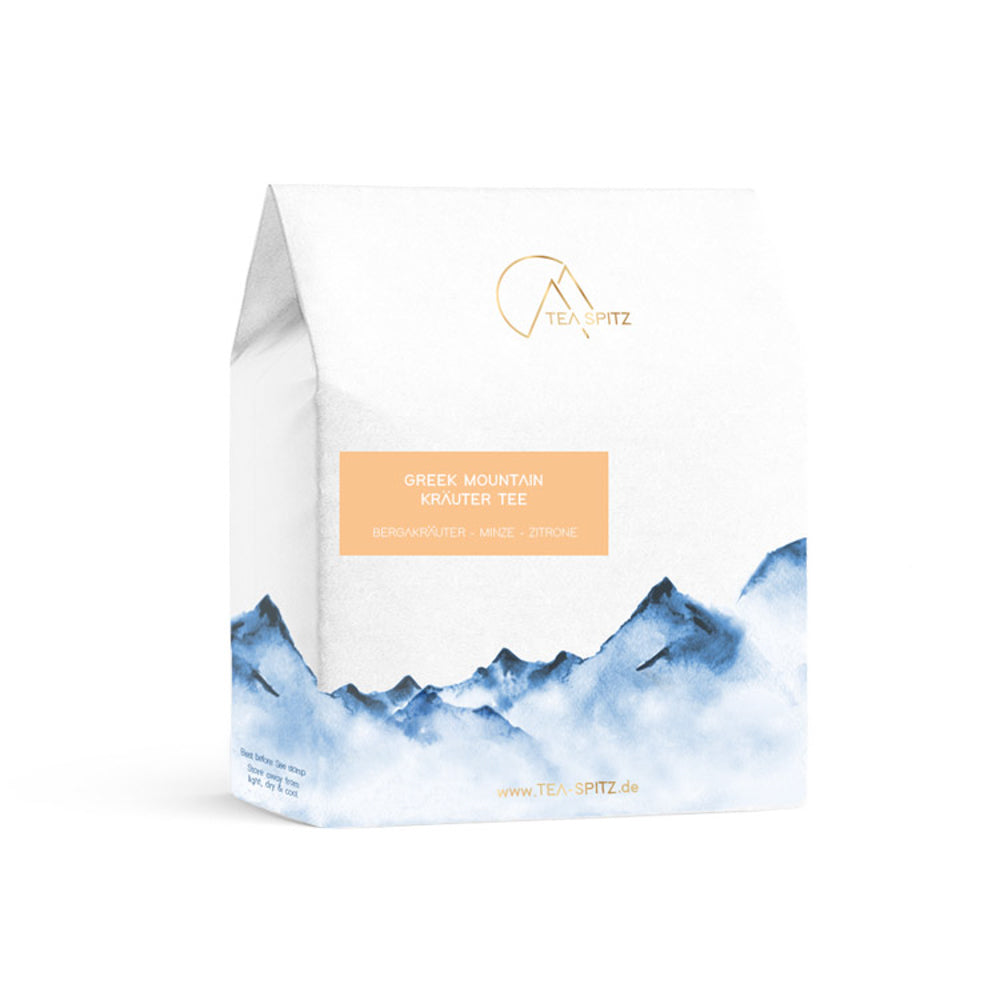 Greek Mountain - Herbal Tea
Greek Mountain - Herbal Tea- Regular price
-
€8,03 EUR €10,07 EUR - Regular price
-
- Sale price
-
€8,03 EUR €10,07 EUR - Unit price
-
€178,44 EUR per kg
-
South Africa Honeybush - Herbal Tea
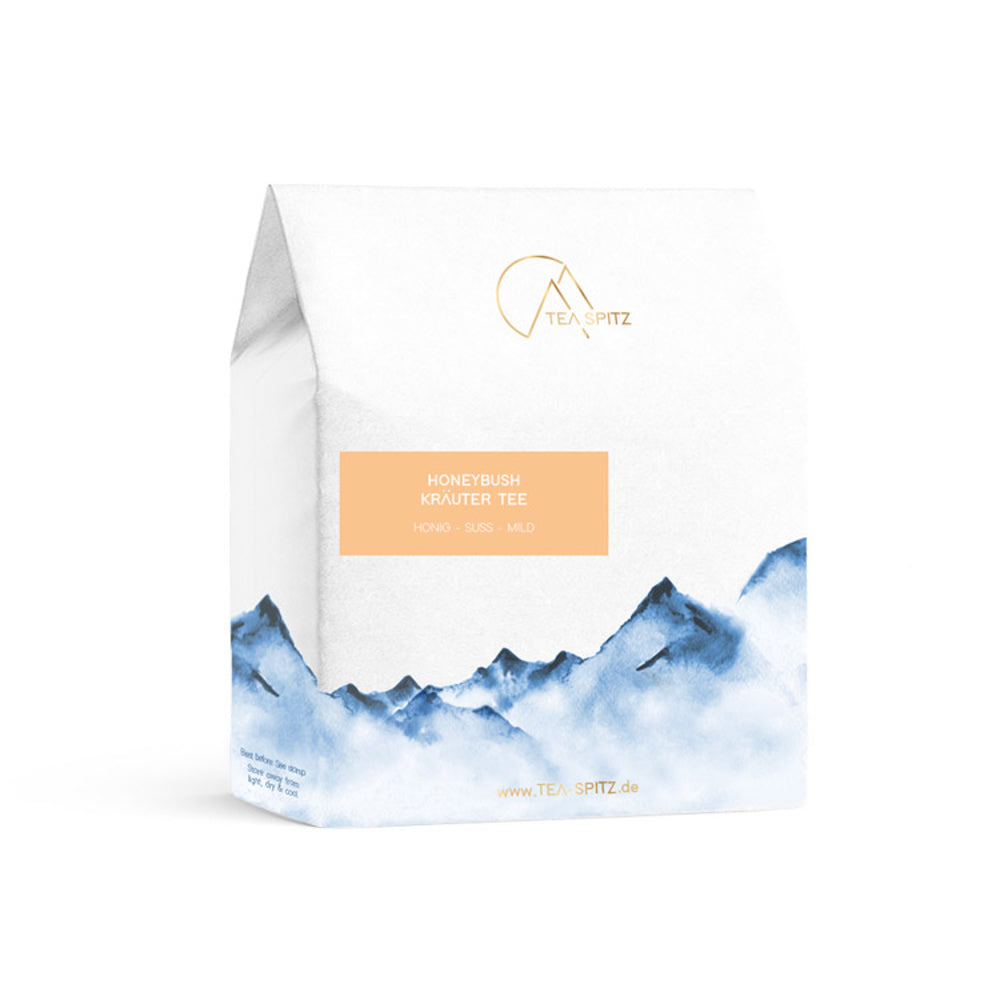 South Africa Honeybush - Herbal Tea
South Africa Honeybush - Herbal Tea- Regular price
-
€8,03 EUR €10,07 EUR - Regular price
-
- Sale price
-
€8,03 EUR €10,07 EUR - Unit price
-
€214,13 EUR per kg
Fruit tea
-
Cherry Rose - Fruit Tea
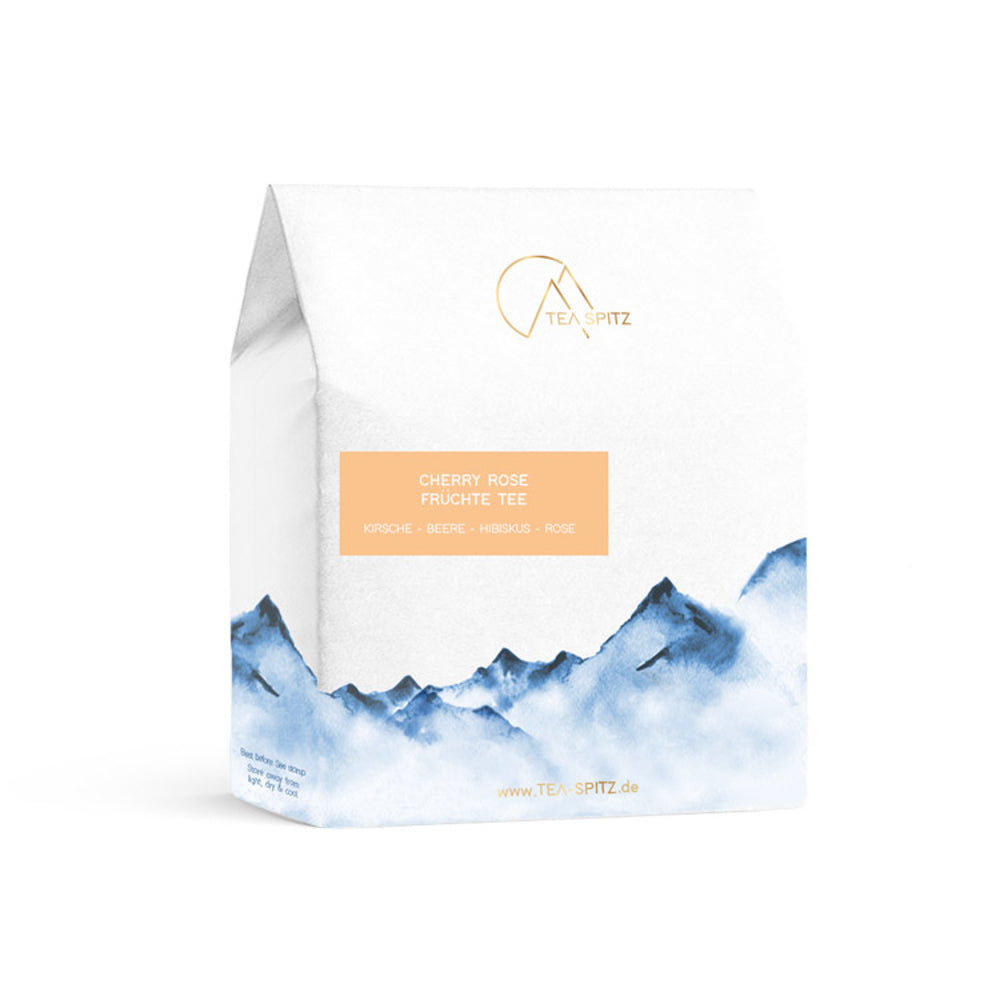 Cherry Rose - Fruit Tea
Cherry Rose - Fruit Tea- Regular price
-
€8,03 EUR €10,07 EUR - Regular price
-
- Sale price
-
€8,03 EUR €10,07 EUR - Unit price
-
€83,92 EUR per kg
-
Sunrise - Fruit Tea
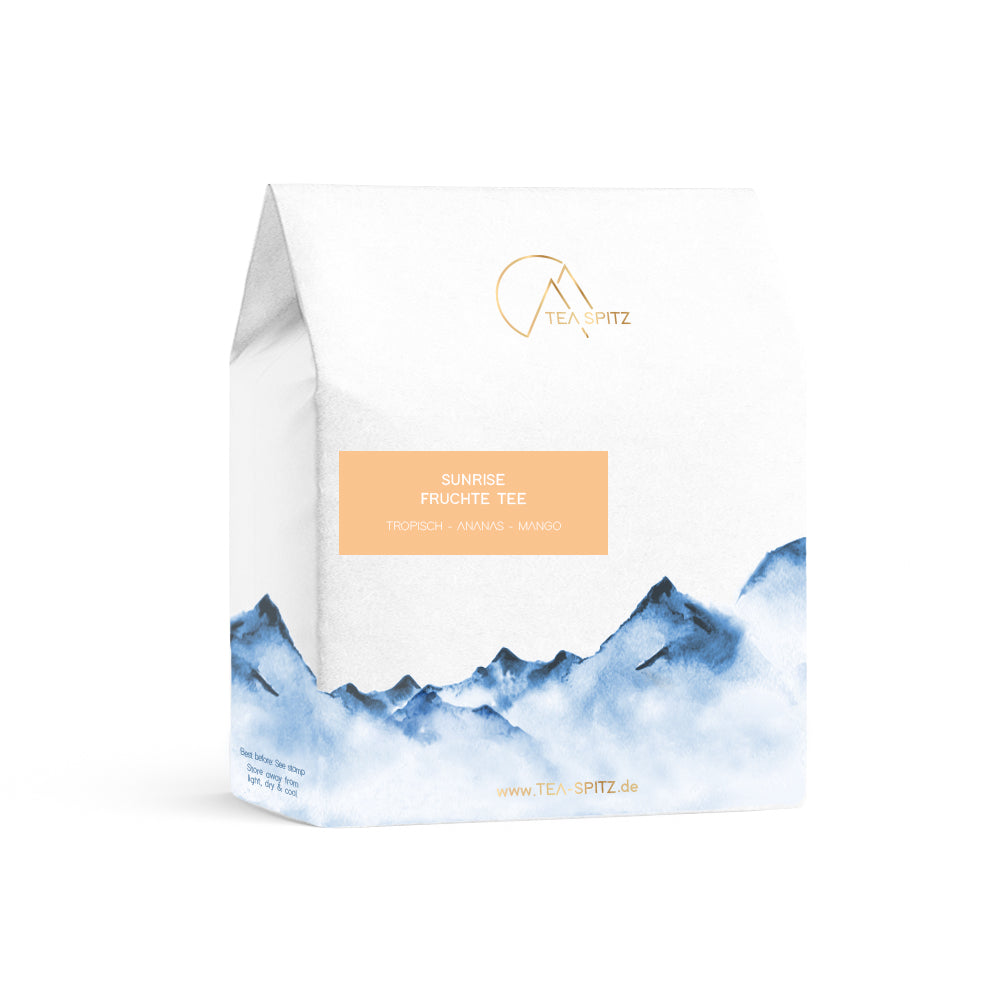 Sunrise - Fruit Tea
Sunrise - Fruit Tea- Regular price
-
€13,12 EUR - Regular price
-
- Sale price
-
€13,12 EUR - Unit price
-
€109,33 EUR per kg
Black tea
-
Tanzania Earl Grey - Black Tea
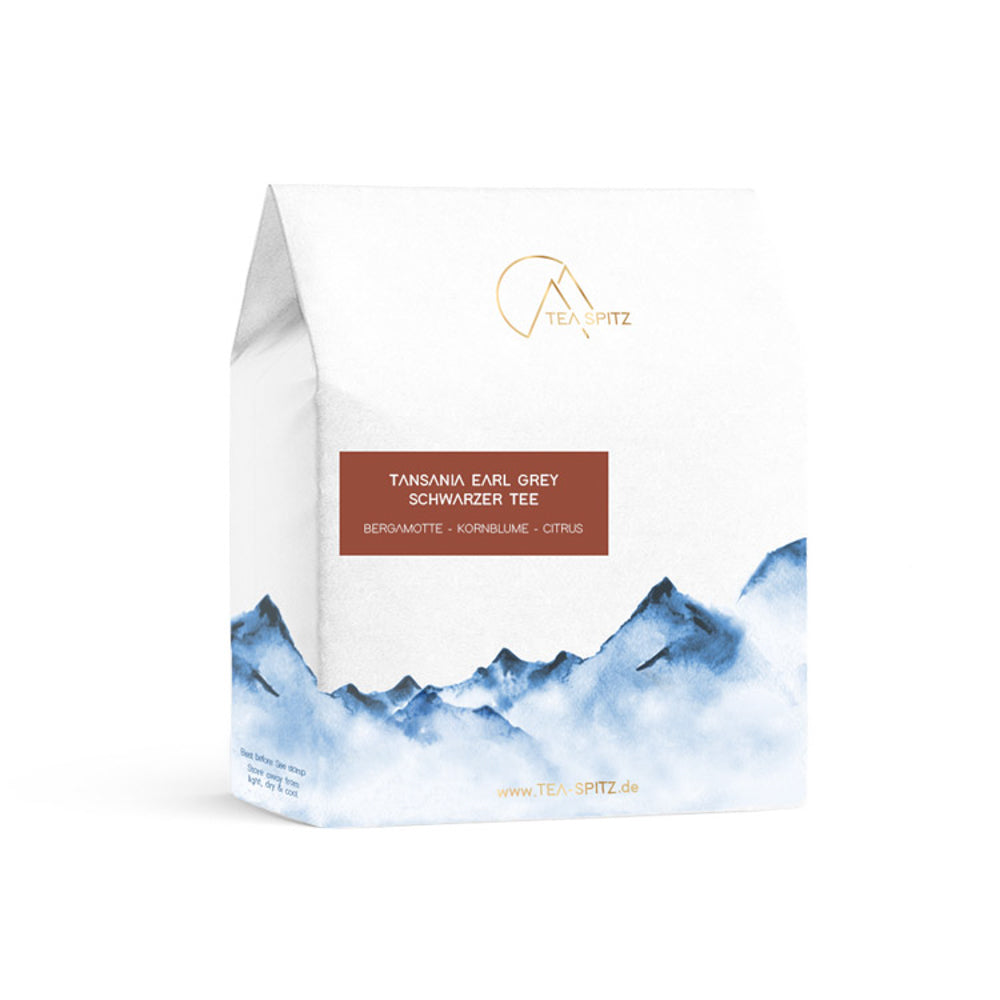 Tanzania Earl Grey - Black Tea
Tanzania Earl Grey - Black Tea- Regular price
-
€8,03 EUR €10,07 EUR - Regular price
-
- Sale price
-
€8,03 EUR €10,07 EUR - Unit price
-
€267,67 EUR per kg
-
Nepal Golden Tea - Black Tea
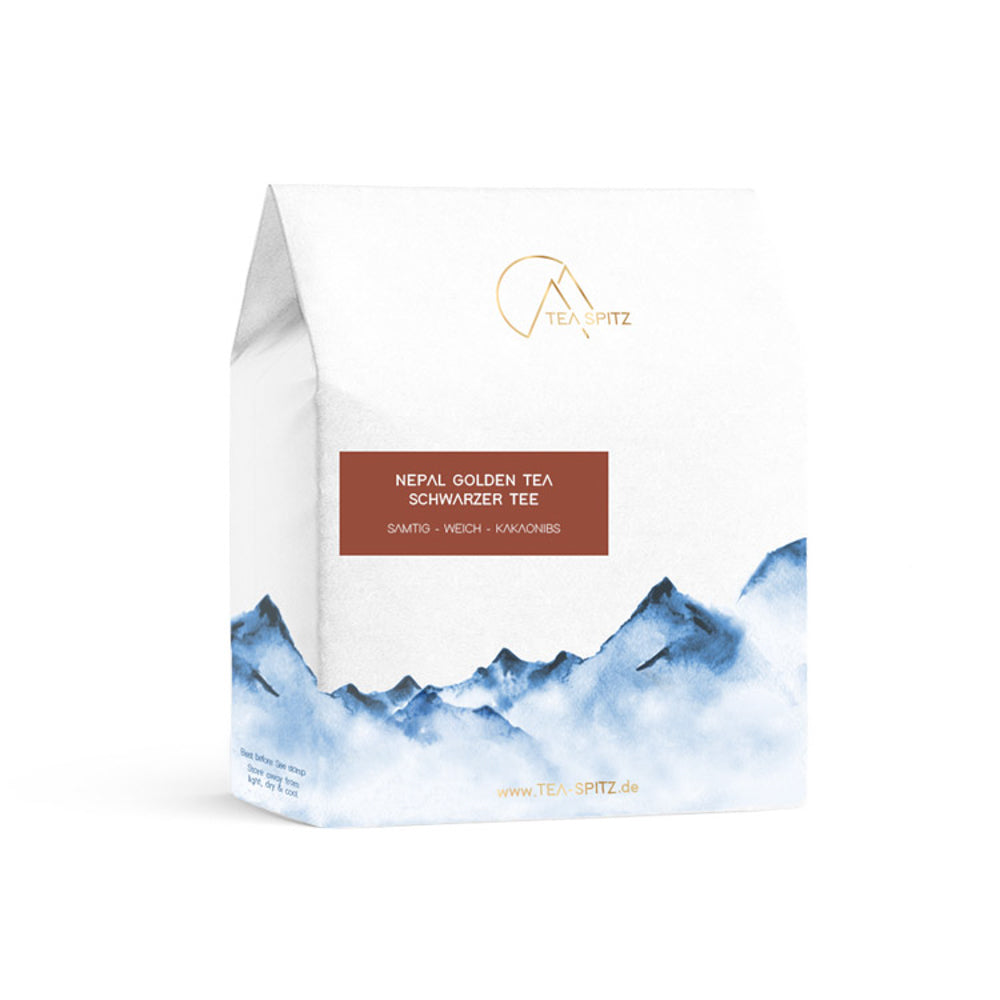 Nepal Golden Tea - Black Tea
Nepal Golden Tea - Black Tea- Regular price
-
€14,13 EUR - Regular price
-
- Sale price
-
€14,13 EUR - Unit price
-
€282,60 EUR per kg
-
India Darjeeling - Black Tea
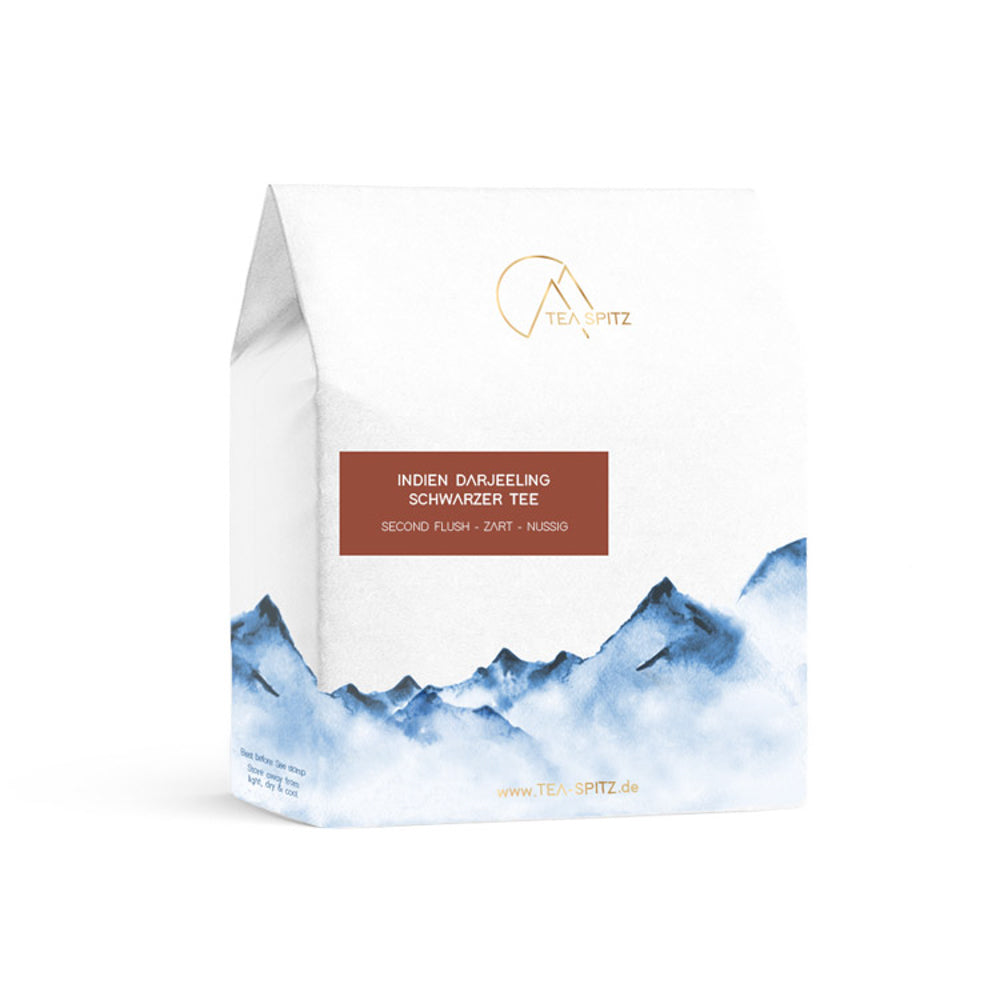 India Darjeeling - Black Tea
India Darjeeling - Black Tea- Regular price
-
€8,03 EUR €10,07 EUR - Regular price
-
- Sale price
-
€8,03 EUR €10,07 EUR - Unit price
-
€267,67 EUR per kg
-
China Black Dragon Pearl - Black Tea
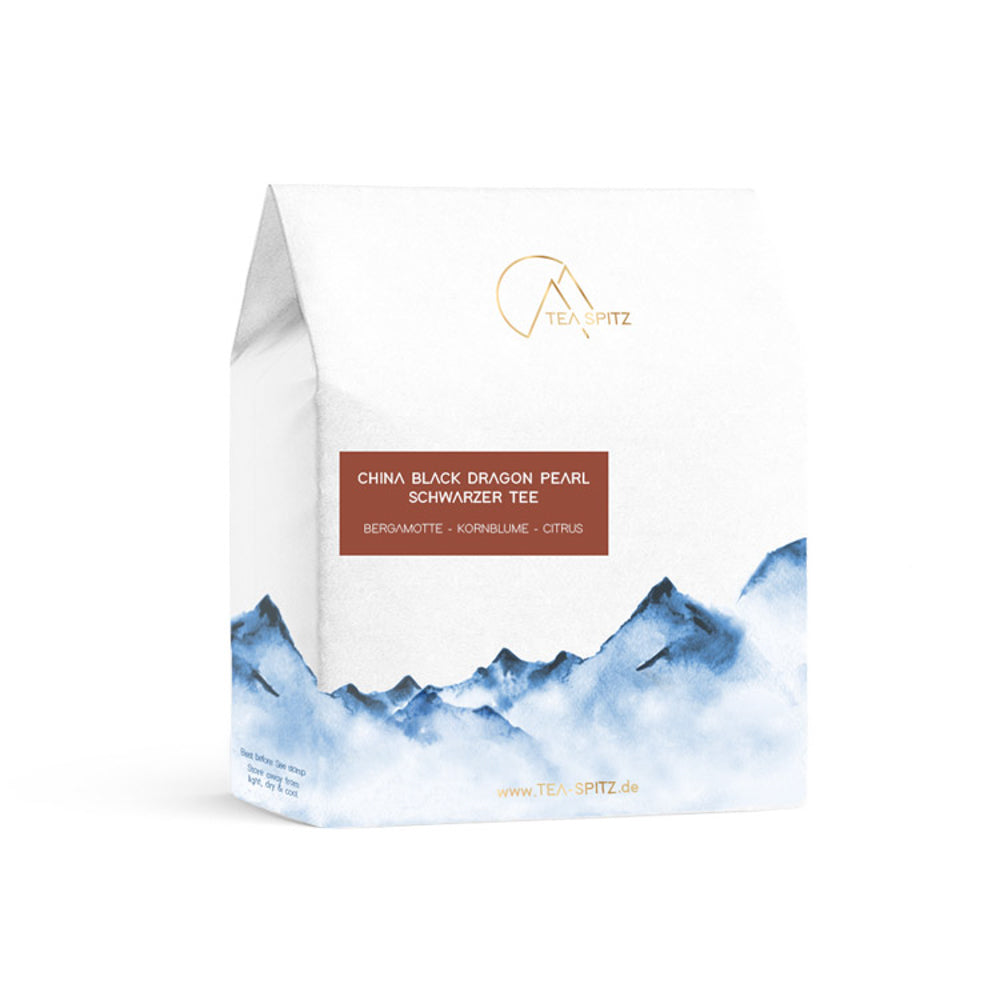 China Black Dragon Pearl - Black Tea
China Black Dragon Pearl - Black Tea- Regular price
-
€20,23 EUR - Regular price
-
- Sale price
-
€20,23 EUR - Unit price
-
€404,60 EUR per kg
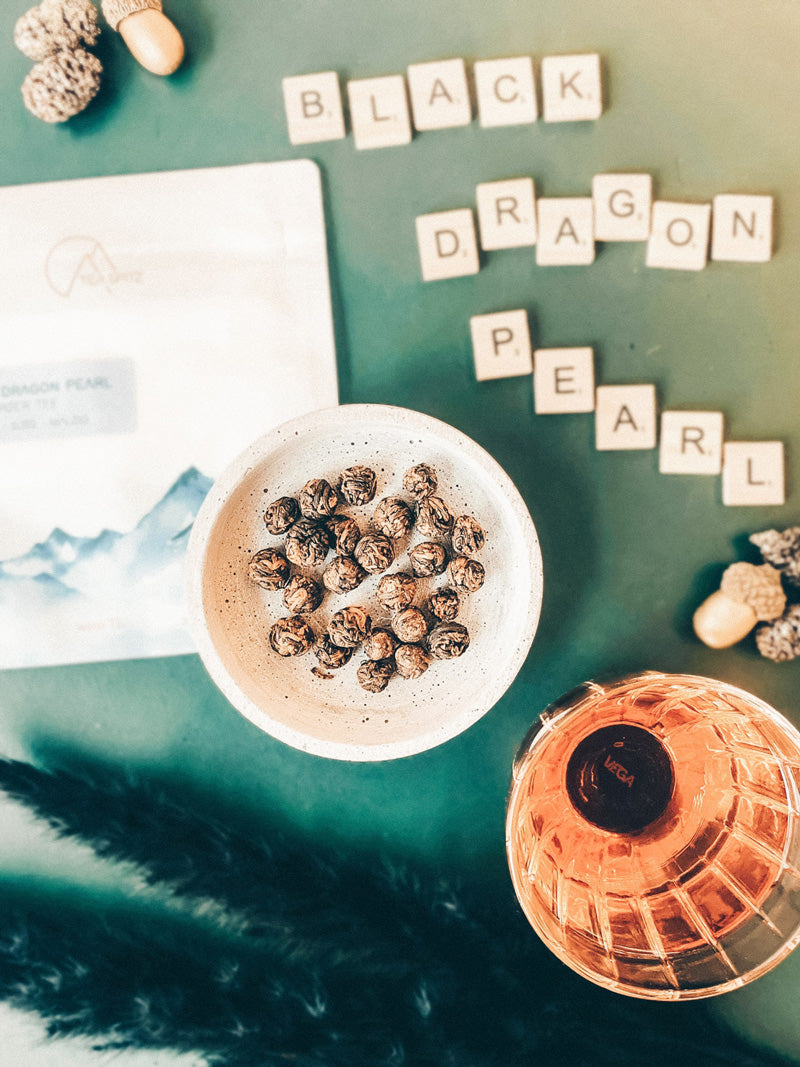
What is specialty tea?
Specialty tea is not only a sign of quality, but also of taste. These are teas that remain in the connoisseur's memory for a long time. They impress with exceptional notes. Specialty tea is grown, harvested and processed according to the strictest quality standards.
For teas that are referred to as specialty teas, the highest level of care and quality is expected from all influencing factors. This applies to the location, the cultivation altitude, the climatic conditions, the soil and its composition, the flora and fauna and of course also the cultivation and care of the plants, the method of picking and further processing.
Specialty tea comes from very specific, small regions, from individual tea gardens, whose terroir brings with it an unmistakable taste. Just as terroir affects the taste of wine, terroir also influences the complex taste of tea. When the highest quality is the guiding principle in all of these criteria, then specialty tea is created.
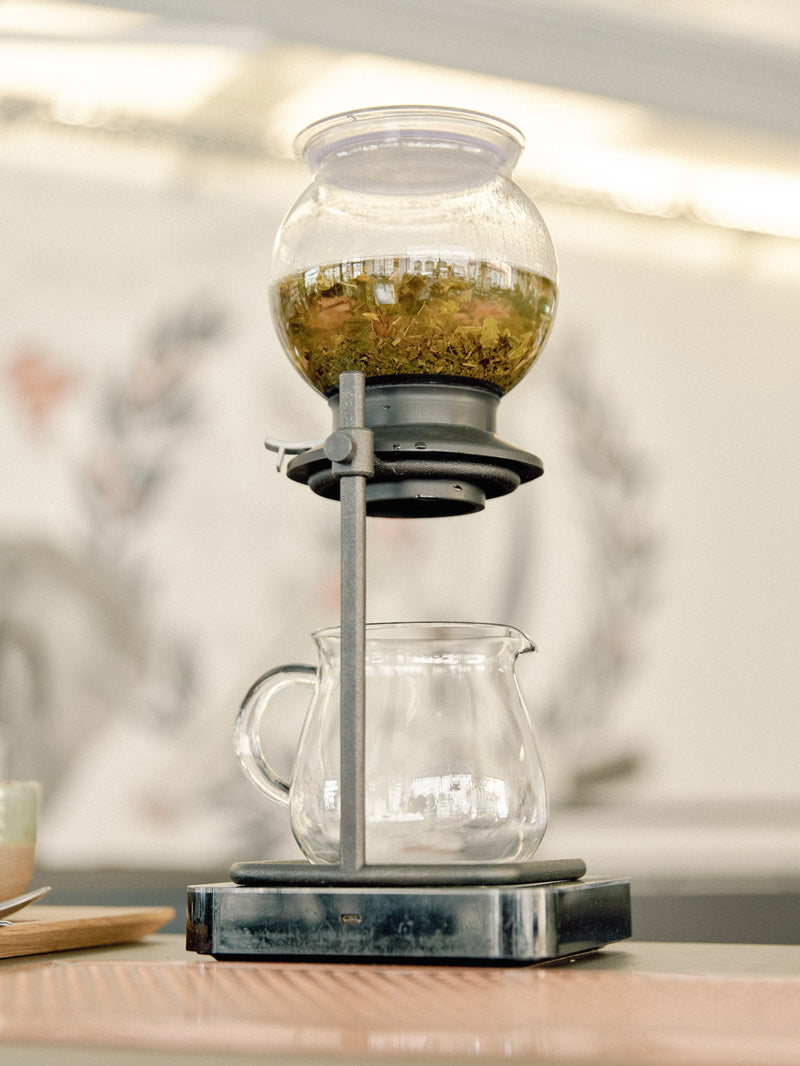
The cultivation of tea
Typical tea-growing countries include:
- India (Assam, Darjeeling)
- Sri Lanka (Ceylon)
- China (Green Tea, Black Tea, Oolong Tea)
- Japan (Green Tea, Oolong Tea)
- Taiwan (Oolong Tea)
But tea is also grown in many African countries, such as Kenya. Kenya exports almost its entire harvest, mainly for the production of tea bags.
Tea bushes feel most comfortable at an altitude of 2,500 meters. The slower growth and the high UV radiation at such an altitude make the tea aromatic and very complex.
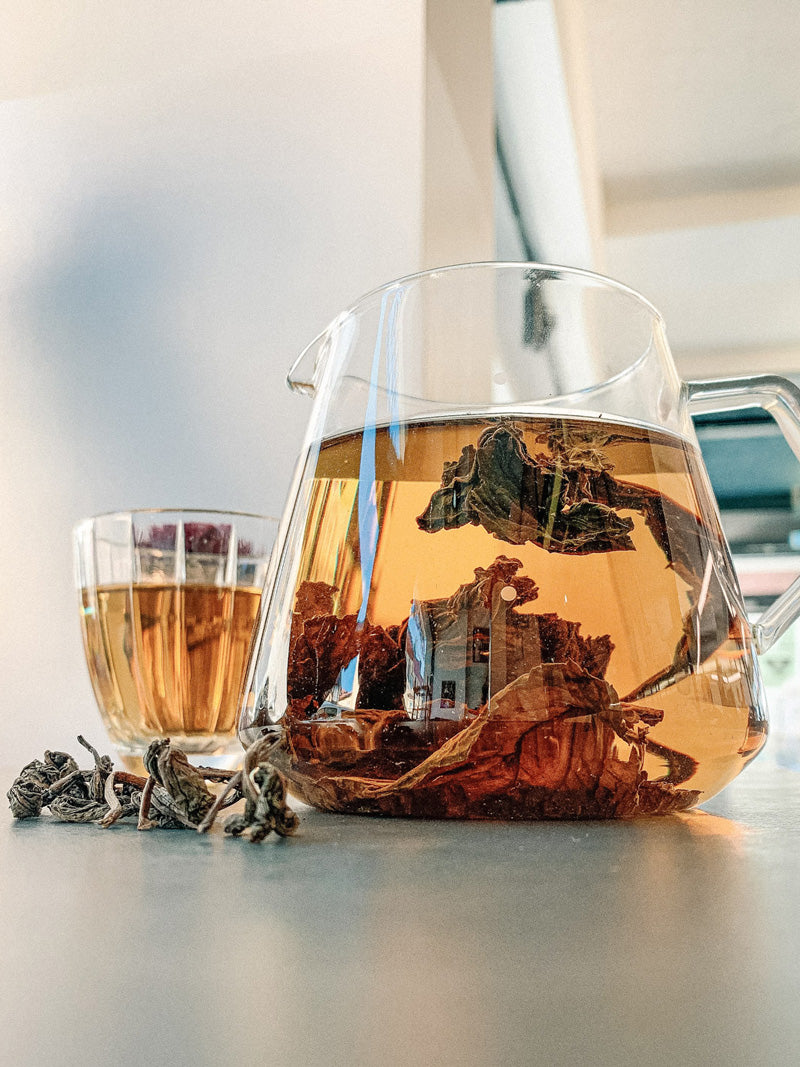
The complex, exciting flavours for the tea drinker are a product of the defense substances that the tea plant develops to protect itself from environmental influences. The higher a plant grows, the more it has to protect itself from the harsh climate. Therefore, the higher tea grows, the more aromatic it becomes. The altitude plays a major role, especially for green, white and oolong tea, but also for black tea from Darjeeling. Certain types of black tea, such as Assam tea, are made from tea plants from lower areas. They develop a stronger flavour.
What you should know about tea
TEA HARVEST
In many countries, the harvest takes place several times a year, with the first harvest of the year being called the First Flush and producing the highest quality tea.
WHAT IS FIRST FLUSH BY AIR?
The first flush of a tea is the highest quality level of a harvest period. However, there are also further gradations within this picking period. For the greatest tea lovers, the icing on the cake is the so-called first flush by air. This is the tea that was picked very first during the first flush (the picking of which can take several weeks). This first flush by air tea is not shipped, but exported by plane and thus reaches tea lovers fresher than any other. First flush by air is a longed-for pleasure, especially for friends of high-quality Darjeeling .
FEATURES OF THE FIRST FLUSH
- first shoots after winter
- young, tender leaves
- finely scented, very aromatic
- best harvest quality
- delicate taste, as there is still little sunlight in spring and few tannins have been developed
The younger a plant is, the fewer tannins it has produced. Tannins are used to defend against enemies. As a plant gets older, it becomes weaker and has to protect itself more, so it has to produce more tannins.
FEATURES OF THE SECOND FLUSH
- second growth after winter
- also young leaves that have sprouted but are no longer quite as tender
- slightly stronger in taste
- Due to more sunlight during the summer, more tannins are formed
HARVESTING METHODS
The way in which and what is picked is also crucial for the quality of the tea. Hand picking is the best way to sort out unwanted parts of the plant and only harvest the best quality . The standard term "two leaves and a bud" applies especially to very high-quality teas , and indicates exactly what should be harvested. Namely, only the two youngest leaves and an unopened leaf bud from a branch . There are even teas for which the leaf buds are used exclusively. They are marketed under the names Silver Tip or Golden Tip .
TEA HARVESTING METHODS
- manually
- semi-manual (with scissors, including small collecting container)
- semi-mechanical (mechanized scissors with a collecting container attached to them. They are guided over the tea plants by two people)
- mechanical (cutting at a certain height with tractor-like machines; used mainly in flat terrain)
PICKING METHODS OF TEA
- Banji plucking (only the unopened bud)
- Two leaves and a bud (the bud and the two next fresh leaves)
- Standard plucking (the bud and three to four additional leaves)
Tea variety explained
GREEN TEA
... is generally not oxidized, both the tea leaves and the infusion are green. With green tea, the chlorophyll content in the leaves is retained due to the lack of oxidation. To prevent oxidation, the enzymes in the green tea are deactivated by heat before the tea is rolled. There are several procedures for this, which vary depending on the country of origin of the green tea.
With the so-called Kill the Green, fermentation is stopped by a short heat treatment. This is achieved primarily in China by pan firing. Here, the green tea leaves are briefly and carefully roasted in large, wok-like pans. Or they are subjected to a hot air treatment. Alternatively, the oxidation process is stopped by steaming, mainly in Japan. With this method, the green tea is treated several times with steam, hot air and pressure. After rolling into the desired shape, the last step is drying until the desired residual moisture content of 3% is reached. Green tea is best stored in a dark and cool place to preserve the sensitive, color-giving chlorophyll.
PREPARATION OF GREEN TEA
The preparation of green tea varies greatly depending on the country of origin and the variety. A rough rule of thumb for the dosage is around 10-15 g/liter. Flavor-giving substances such as amino acids dissolve quickly, tannins dissolve at around 80 °C. The color-giving chlorophyll and vitamins are sensitive to heat, and their extraction quantity depends on the brewing time. For Japanese green tea, lower temperatures and longer brewing times are more appropriate. You can play around with 60-80 °C and 2-3 minutes brewing time and 12-15 g/liter. Chinese green tea can tolerate a little more heat and can be brewed at 80-85 °C.
BLACK TEA
... is oxidized green tea, so to speak. The origin is the same plant, only the processing is different.
ORTHODOX METHOD
The traditional method of black tea production is the orthodox (or manual) method. The orthodox production process includes all steps from withering, rolling, oxidizing, drying to sorting by hand. This is the only method that allows any type of leaf sorting, even whole leaves of very high-quality teas.
CTC METHOD
In contrast to the orthodox method, CTC (Crushing-Tearing-Curling) uses machines. The tea leaves are crushed (crushing), torn (tearing) and rolled (curling) in one step. Alternatively, the process is also known as cut-twist-curl. What both have in common is that the tea leaves are first greatly reduced in size, rolled and macerated and then oxidized, dried and sorted. CTC is mainly used for the production of tea bags. By crushing the tea leaves, the tea's attack surface increases and the aromas are released more quickly in the hot water. You only need about 1/3 of the amount of tea for one infusion.
PREPARATION OF BLACK TEA
The dosage of black tea depends on the region where it is grown (e.g. Assam, Darjeeling, Ceylon). The rule of thumb is about 10-15 grams per liter. Black tea can tolerate a lot of heat. The tannins are changed by oxidation and only dissolve at 100 °C. A slight astringency from the tannins can also be desirable for the taste of black tea. Black tea can therefore be brewed at 90-100 °C. The brewing time varies between 3-5 minutes. If the tea is brewed for 3 minutes, the black tea is considered particularly stimulating because the caffeine is released first. If the black tea is brewed for longer, the tannins that mask the caffeine or inhibit its development also dissolve.
White tea
Of all teas, white tea is the one with the fewest processing steps. White tea is usually wilted, but never rolled or fermented. Drying can be done in the sun or in an air-conditioned room, but lower quality teas are also dried mechanically. The more green, large leaves and different colors you can see in the leaf image, the better the quality. The fewer whole leaves and the darker the colors, the worse the quality. White tea owes its name to its whitish hairy buds, which appear lighter than green tea. But it also has a very light color in the cup. Its taste is very mild and elegant. White tea is a delicate creature.
When picking, only the young buds or leaves that are just opening are harvested - and only under ideal conditions. There must be neither moisture nor too much sunlight. To prevent the juice from leaking out, the leaves are placed in flat baskets. This way they are not subjected to too much pressure and are well ventilated.
PREPARATION OF WHITE TEA
White tea is dosed at around 8-11 grams per litre. Allow it to brew at around 75°C for 1-4 minutes. However, you can also brew high-quality white tea at 85-90°C and shorten the brewing time. You can experiment to find out what tastes best to you.
OOLONG TEA
Oolong tea is a very fine, exceptionally flowery tea specialty. Its taste is somewhere between green tea and a light black tea, such as Darjeeling. Its color can also vary accordingly. There are very light oolongs that are more greenish in color. There are also oolong teas that look yellowish-brown and are very similar in color to Darjeeling.
This range is due to the special way in which oolong tea is processed. Like all other teas, oolong tea is wilted after being picked. The tea leaves are then rolled into the desired shape. The spherical shape is typical for oolong tea. The tea is lightly squeezed to start the oxidation process.
In order to bring out the special floral notes, the time at which the oxidation stops is crucial for the taste. There are so-called tea masters to make this decision. Based on their experience, they know when the tea has reached its optimal oxidation level to bring out the typical floral tones. Depending on how long the oolong tea has been oxidized, either the light, green notes or the slightly darker, complex tones are emphasized. After oxidation, the oolong is dried.
PREPARATION OF OOLONG TEA
Oolong tea is dosed at around 10-12 grams per litre. Allow it to brew at 75-95 °C for 2-3 minutes. Depending on the degree of oxidation, brew it a little cooler or a little hotter. You can experiment to find out what you like best.
MATCHA TEA
Matcha tea is the highest level of Japanese tea art. The method of cultivation is crucial for the special taste. The first tender leaf shoots after winter are shaded for several weeks to protect them from the sun. So-called shade teas are common in Japan and provide the full-bodied umami taste. The delicate aromas are thus preserved and the tea plants develop the bright green color typical of matcha tea. This is because the shade stimulates the production of chlorophyll. The formation of tannins is also reduced. The teas become very sweet.
After harvesting, the leaves are protected from oxidation with the help of steam, as is common in Japan, and then dried. During further processing, all of the hard parts of the tea plant, i.e. stems and even the leaf veins, are separated by hand from the soft parts of the leaves. Special stone mills then ensure that the leaves are ground extremely finely over a period of days. This is done very slowly so as not to generate heat and not to destroy the fine flavor and color nuances. In one hour, only around 40 grams of ground matcha are produced.
This complex manufacturing process creates the extraordinary taste of matcha. The sorted stems are used for another Japanese tea specialty - the very popular kukicha (stem tea). The intense color of matcha is very sensitive, so it is absolutely necessary to store it away from light and oxygen and to consume it within a year of harvesting.
PREPARATION OF MATCHA TEA
To prepare matcha tea properly, you need the special matcha whisk. This does require a bit of practice, however, because the silkier the foam, the sweeter the taste. If you want to make it easier (and don't place great importance on tradition), you can achieve very good results with a milk frother. Regardless of the method, add 1-2 teaspoons of matcha powder to 30-60 ml of water at a maximum temperature of 70-80 °C until the powder has almost dissolved and a fine-pored foam has formed. If you want to drink the matcha thinner, you can add a little more water after frothing.
ROOIBOS TEA/ HONEYBUSH TEA
Rooibos, also known as red bush or rooibos, comes from South Africa and is by definition not a tea, but an infusion. Rooibos is obtained from a shrub-like plant whose young branches have a slightly reddish color. The young shoots of the rooibos bush are chopped and crushed very finely after harvesting to stimulate fermentation.
Once moistened, they are formed into piles and fermented for eight to 24 hours. This creates the dark color and sweet, fruity aroma of rooibos. The needles are spread out in the sun to dry.
If you just harvest the branches without pressing them, you get what is known as green rooibos. This is not fermented and remains light in color. It is essential to handle the branches very carefully to avoid bruising, which would lead to oxidation. It is dried directly without adding water and must be turned over and over again during the drying process. Green rooibos is much milder in taste than its fermented counterpart.
A variant of Rooibos is Honeybush. The crushed stems of this tea are also used to drink. Honeybush bushes grow wild in the mountains of South Africa. When they are in bloom, the whole area smells of honey. This sweet taste can also be recognized in the cup.
Unlike green or black tea, rooibos and honeybush do not contain caffeine, so they can be drunk in the evening or by children and pregnant women.
PREPARATION OF ROOIBOS/ HONEYBUSH TEA
Rooibos and Honeybush are prepared with approx. 12-15 g/litre and a water temperature of 90-100 °C. The brewing time is 5-8 minutes.
HERBAL TEA
Even though the majority of tea drinkers refer to the infusion of herbs as tea, this term is not correct under food law. The term tea is officially only used for hot drinks that come from the Camellia sinensis plant, i.e. green tea, black tea, white tea, oolong tea, yellow tea or dark tea (Pu Erh tea).
Everything else is a tea-like or aromatic infusion drink. A herbal infusion can consist of a wide variety of ingredients. Leaves, buds, flowers, stems, bark, seeds or even roots can be infused. These are then brewed either fresh or dried. Depending on whether there is only one or several ingredients, they are referred to as monodrugs or mixtures. With a few exceptions such as mate, guarana or guyausa, herbal infusions are caffeine-free.
Herbs that are to be dried are usually harvested shortly before or during their flowering period to achieve the strongest aroma. Fresh herbs should still be in full green when used for infusion. When dried, the herbs lose around two-thirds of their volume and collapse significantly. Since drying also involves a certain loss of aroma, infusions of dried herbs must be left to brew longer than fresh herb infusions.
PREPARATION OF HERBAL TEA
The preparation of a herbal infusion varies greatly depending on the variety. A guideline is around 12-15 g/litre and a water temperature of 90-100 °C. The brewing time is up to 10 minutes, but varies greatly.
FRUIT TEA
Like herbal infusions, fruit tea is actually an infusion made from parts of plants, such as fruits or parts of fruits, as well as leaves and flowers. Leftovers from juice or fruit preserve production are often used to make fruit infusions.
The basis for varied mixtures is often the combination of rose hips, hibiscus and apple. All imaginable types of berries, dried fruits, citrus peels, essential oils or flowers are also added. The widespread use of fruit infusions for pure enjoyment or to cover fluid requirements has been steadily increasing since the 1950s. In times of crisis, fruit infusions were more of a necessary evil to compensate for supply shortages of coffee and tea.
PREPARATION OF FRUIT TEA
A fruit infusion is prepared with approx. 12-15 g/litre and a water temperature of 100°C. The brewing time is 8-10 minutes.
Rediscover tea - at Tea Spitz
-
China Pai Mu Tan - White Tea
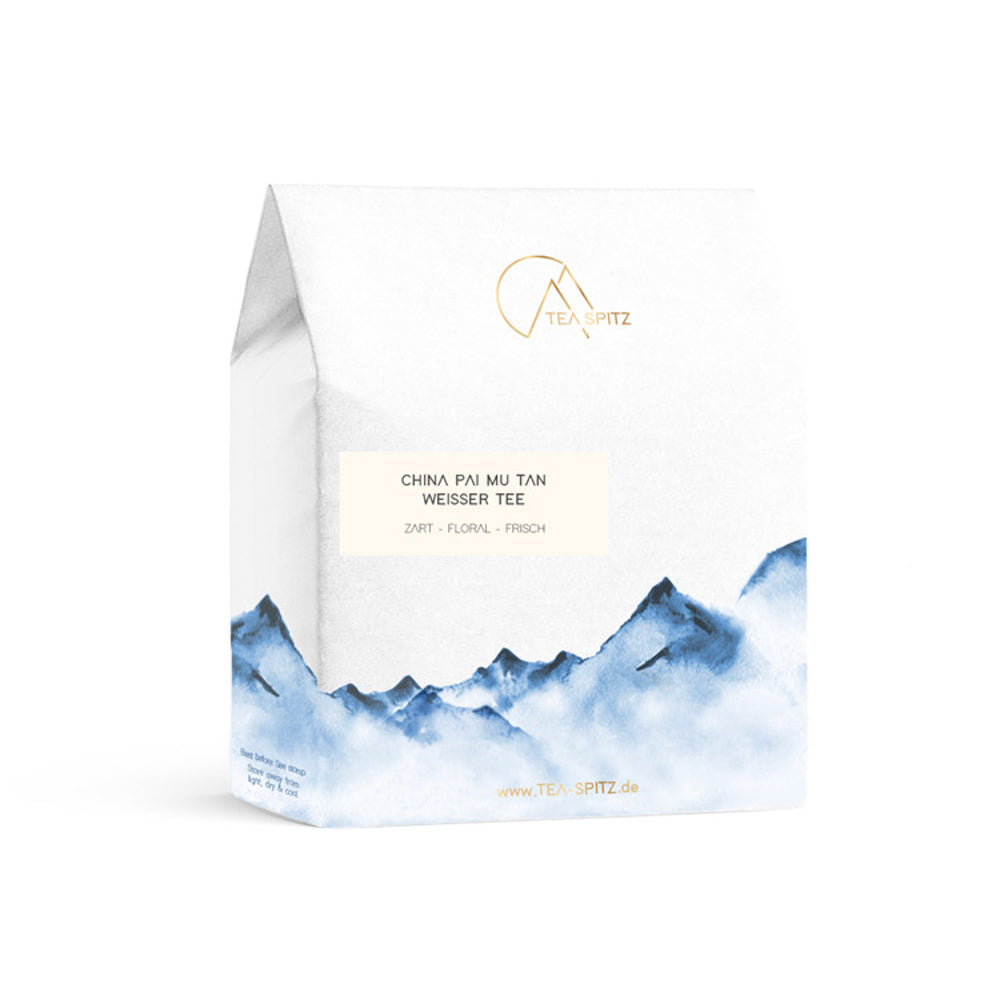 China Pai Mu Tan - White Tea
China Pai Mu Tan - White Tea- Regular price
-
€8,03 EUR - Regular price
-
- Sale price
-
€8,03 EUR - Unit price
-
€267,67 EUR per kg
-
China Kwai Flower - Oolong Tea
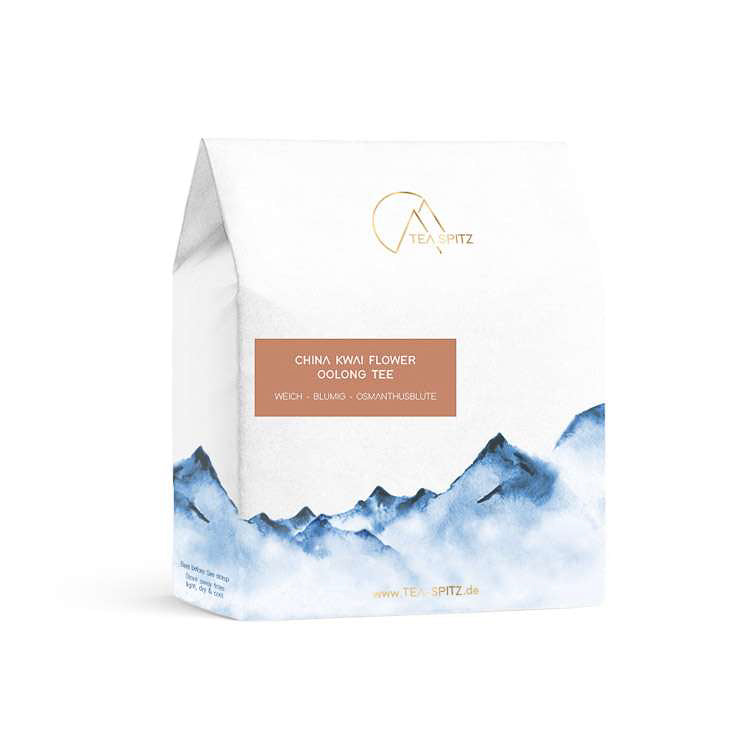 China Kwai Flower - Oolong Tea
China Kwai Flower - Oolong Tea- Regular price
-
€10,07 EUR - Regular price
-
- Sale price
-
€10,07 EUR - Unit price
-
€125,88 EUR per kg
-
Japan Sencha - Green Tea
 Japan Sencha - Green Tea
Japan Sencha - Green Tea- Regular price
-
€8,03 EUR €10,07 EUR - Regular price
-
- Sale price
-
€8,03 EUR €10,07 EUR - Unit price
-
€267,67 EUR per kg
-
Japan Gyokuro - Green Tea
 Japan Gyokuro - Green Tea
Japan Gyokuro - Green Tea- Regular price
-
€20,23 EUR - Regular price
-
- Sale price
-
€20,23 EUR - Unit price
-
€404,60 EUR per kg
